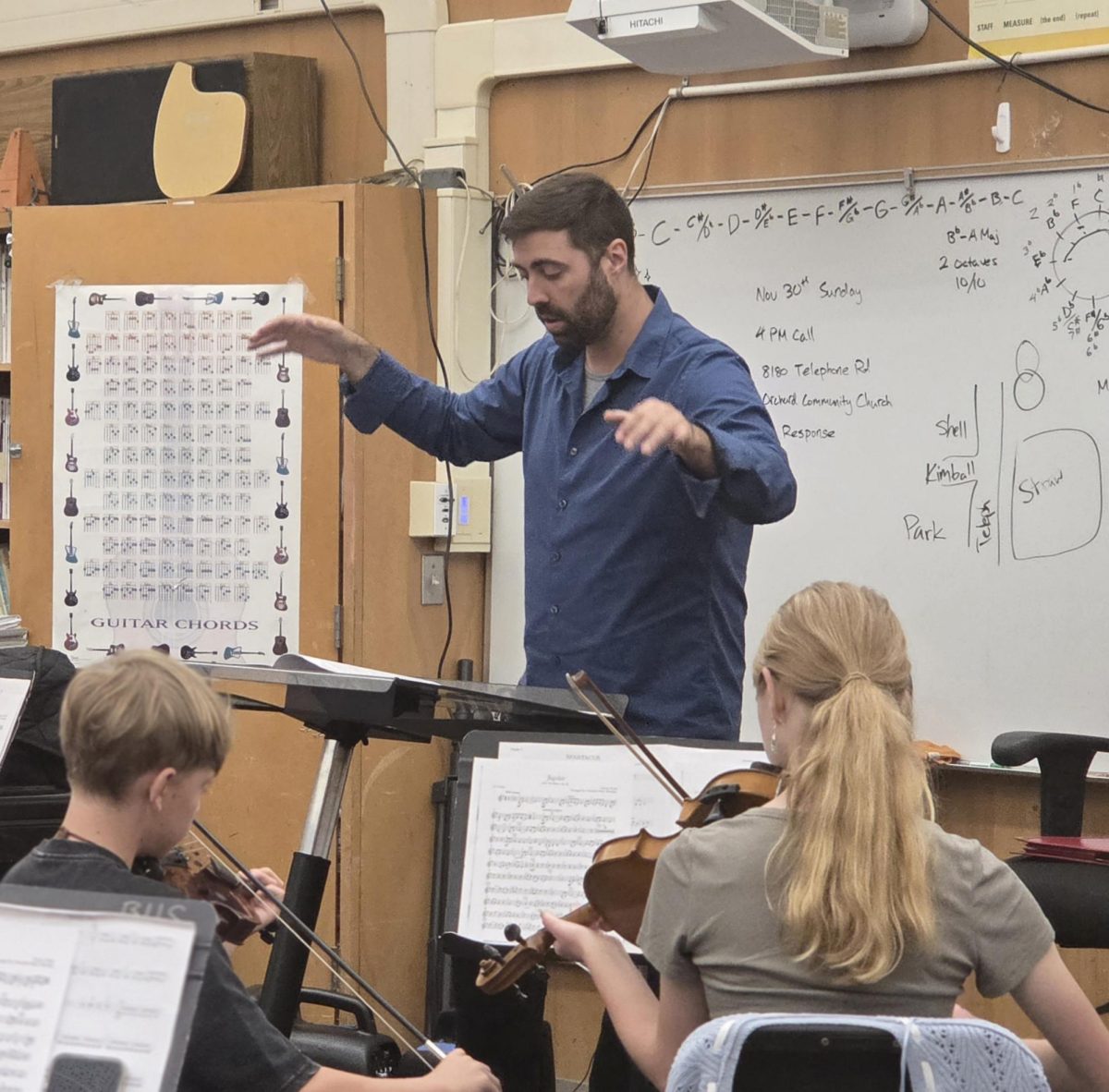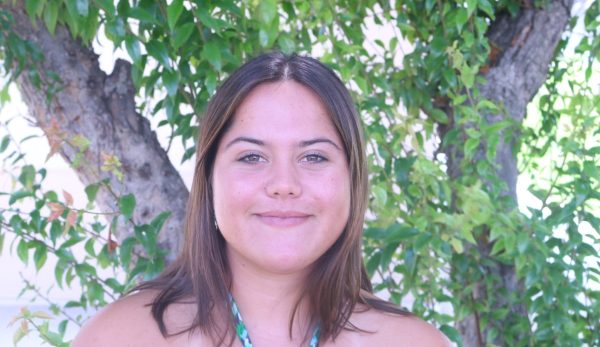Stress, frustration, and procrastination: a trifecta of enemies to the ordinary student, but Buena’s reinstated tutoring program is here to save the day. Starting up earlier this year, in late September/early October, AVID (Advancement Via Individual Determination) teacher Heather Arrambide is ready to make a change and help create positive study habits.
Tutoring has been at Buena for years, however, majority was in a peer-tutoring form. A-team was the main tutoring program where students could get the help they needed from each other.
“During BARK in the library students would do it for community service hours to give back and help [each other],” Arrambide said. “It helps you learn a subject better when you tutor in it or try to teach it.”
This loss of A-team due to the removal of BARK is not the end, as Arrambide hopes to bring it back in the future. However, this year the tutoring program will have new time blocks, being Mondays from 2:45 to 4:15 pm and Wednesdays from 7:30 to 8:20 am in the Buena Library HUB.
“The bus comes early. So that is one reason for doing [Wednesdays] before school . . . otherwise [students are] sitting on campus, [they] might as well have a place to go,” Arrambide said.
For most athletes and drama students the new tutoring times conflict with practice or play rehearsal, however, early birds can take full advantage of the program. Having the extra help from teachers and tutors gives students a safe place to grow and learn in their own way.
“Lots of students feel that they can not improve because they only have the hour [in class] . . . with the teacher,” Math and Data Science teacher Noah Magańa said. “With that extra hour, it gives them the opportunity to at least know that we are there to help if they want.”
Magańa is one of the main after-school tutors who come in after 7th period to help any students with any level of math. With the subject being the most common that students struggle with. This also helps students enrolled in higher-level science classes that include more advanced mathematics.
“My primary role is to check in with everybody who is there at least once, twice, or three times during the hour that we are there,” Magańa said.
Students find that the learning environment is both calming and productive, with both peers and tutors working together to find the best solutions. The program builds both individual and group study habits and problem-solving skills. Those who struggle with working with their friends can work independently with the tutors. The same can be said for those who do best working with others, creating smaller groups where students help students.
“I liked the fact that the tutors are going around and people are in groups,” junior Kashika Rana said.
Like most great things, this program does have opportunities for growth and for improvement. Specifically, students would benefit from an update in learning materials.
“[It would help to have] access to technology, not just their Chromebooks,” Magańa said. “But if we can provide some calculators for them, or some graph paper for them if they need, or just any extra scratch paper, straight edges protractors.”
With more exposure for students to learn about this support system, students will be able to create better study habits and be able to learn more advanced concepts with the freedom of making mistakes.
“For some students [it is helpful] just coming in and having a place that is still on campus before they get home, and they have all the distractions, and then . . . get out of that work mode of being school minded,” Arrambide said.


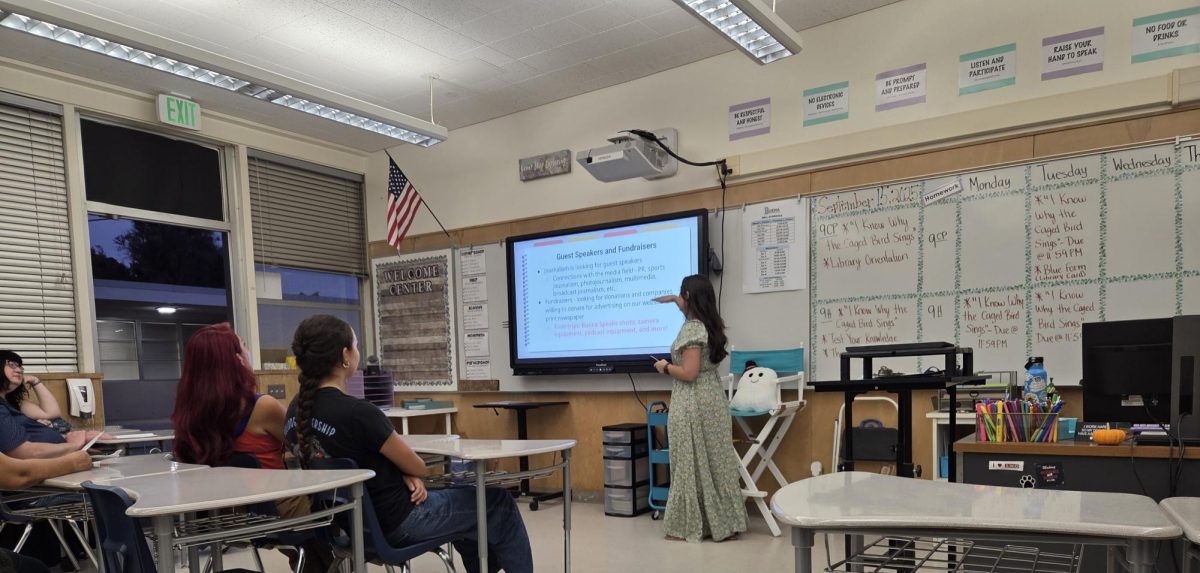
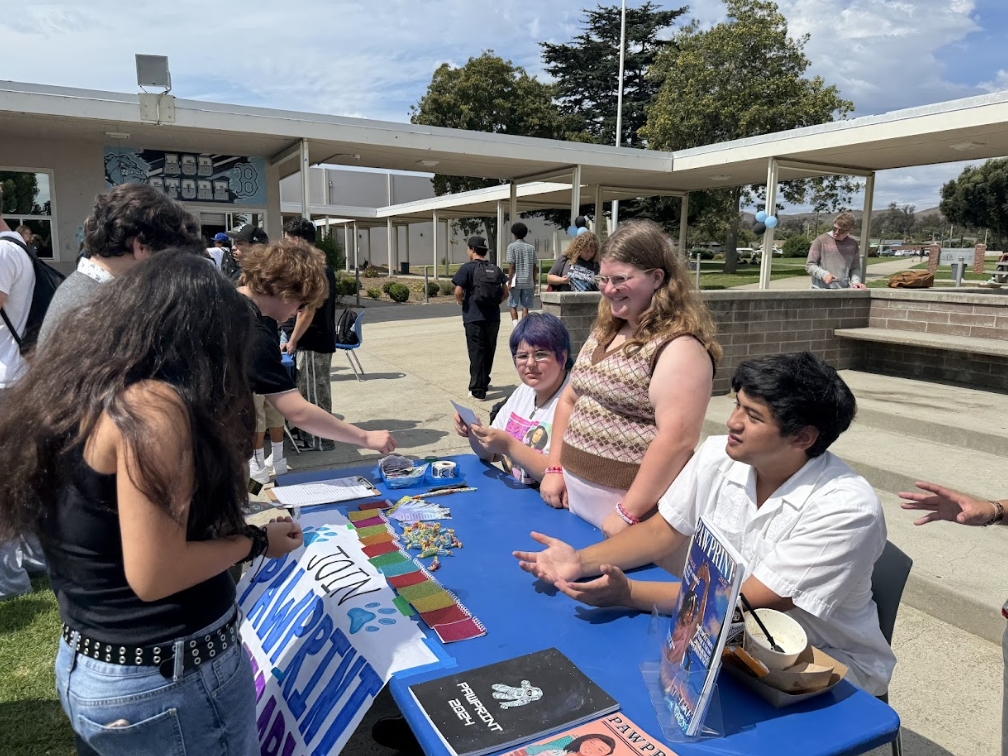
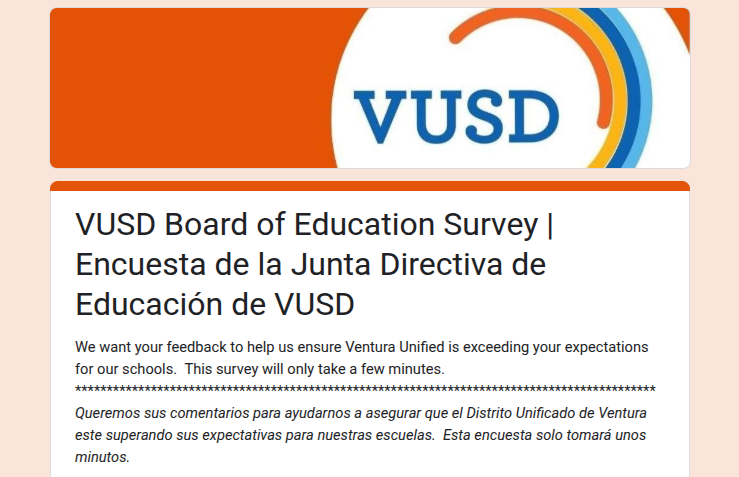
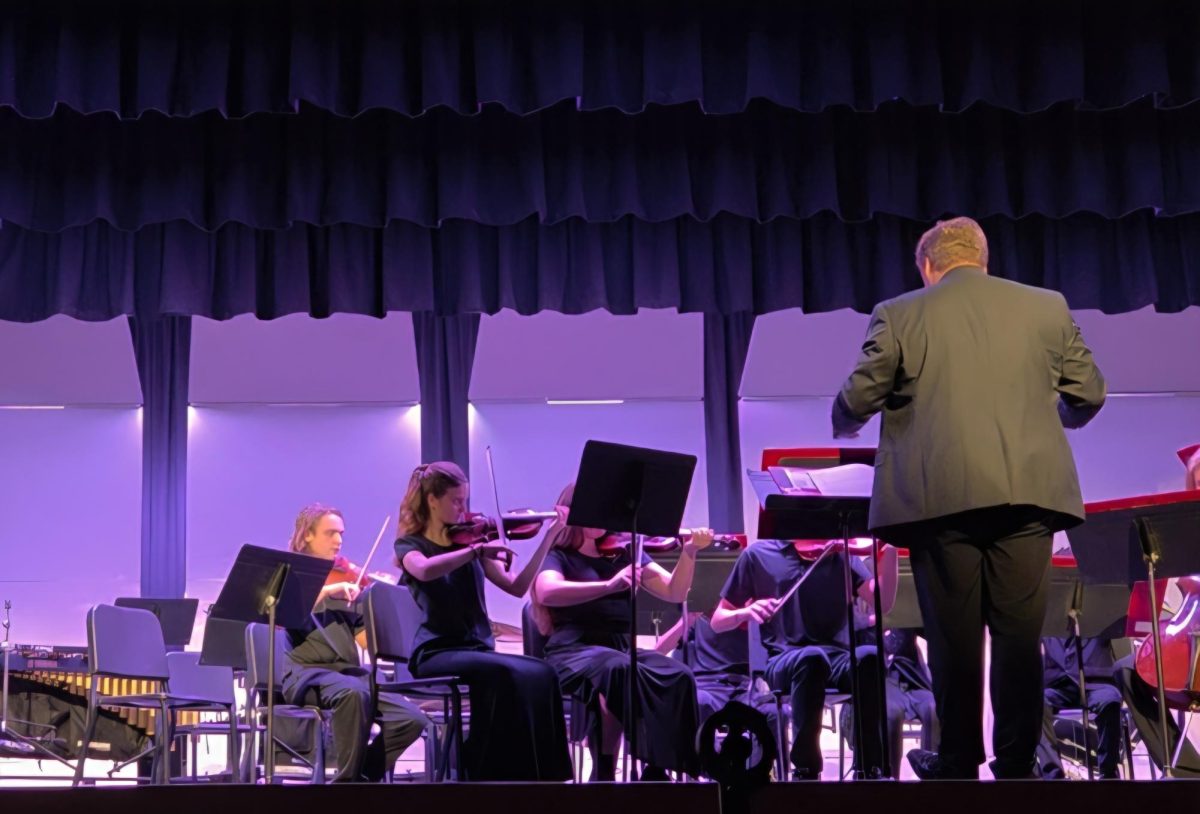
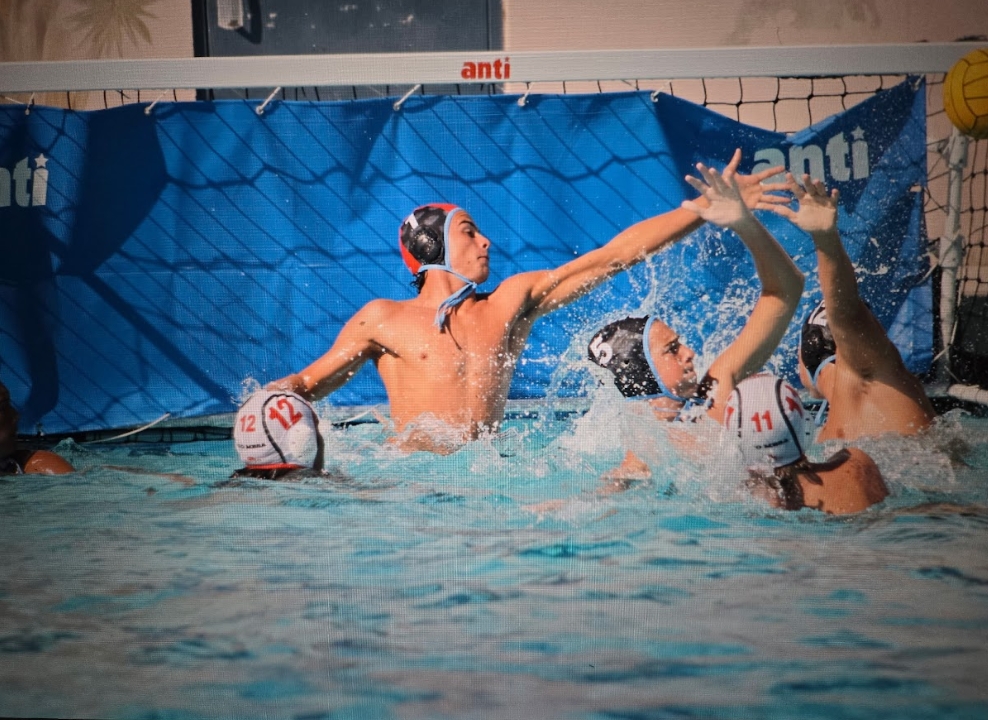
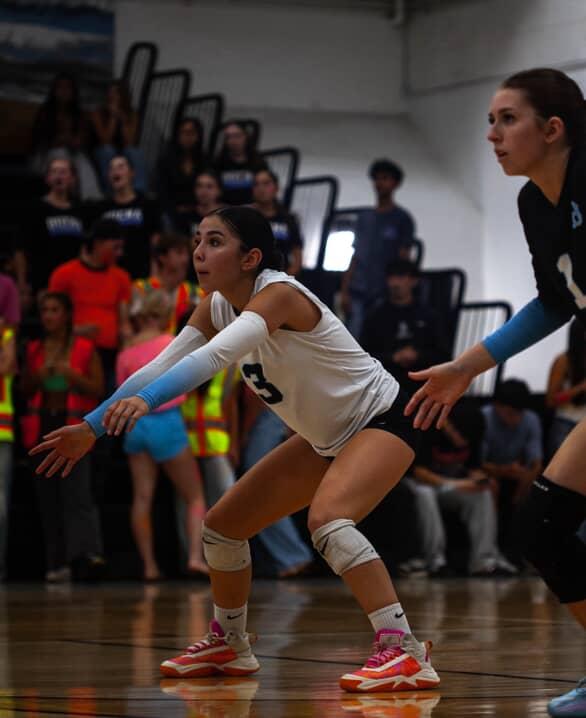
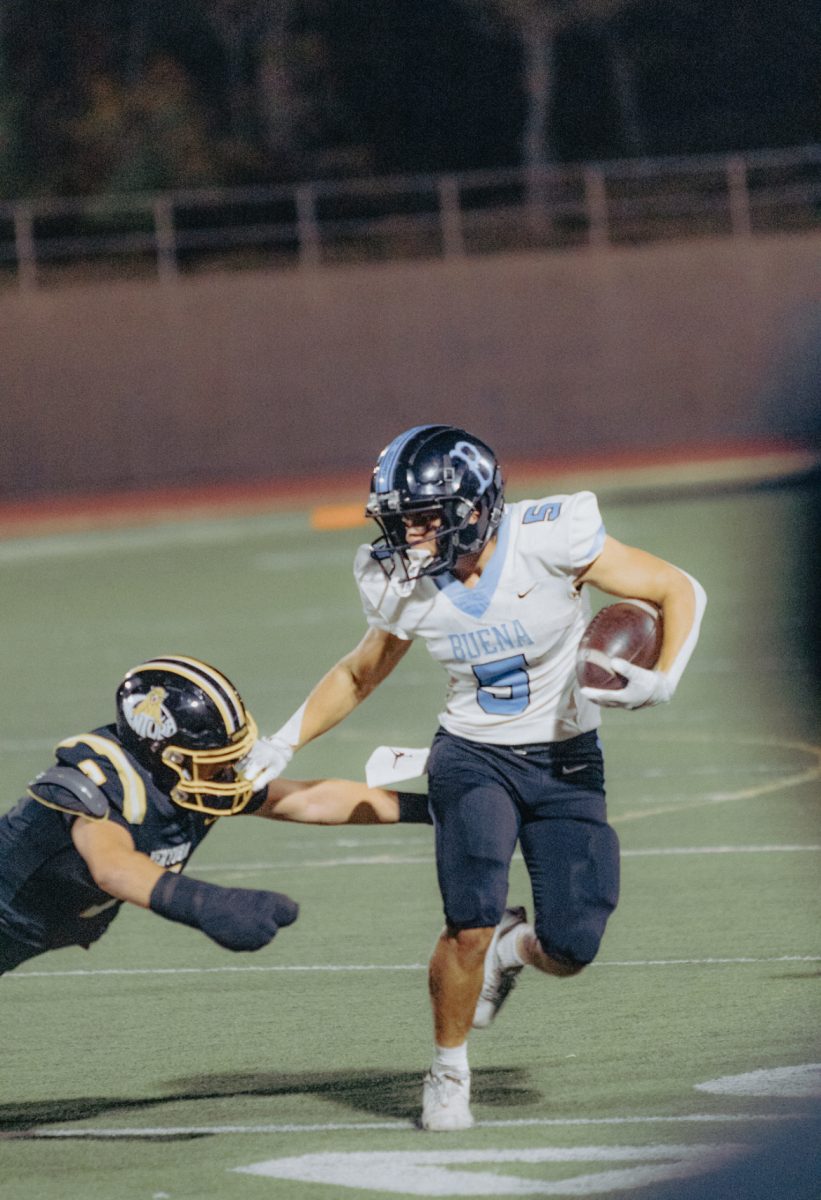
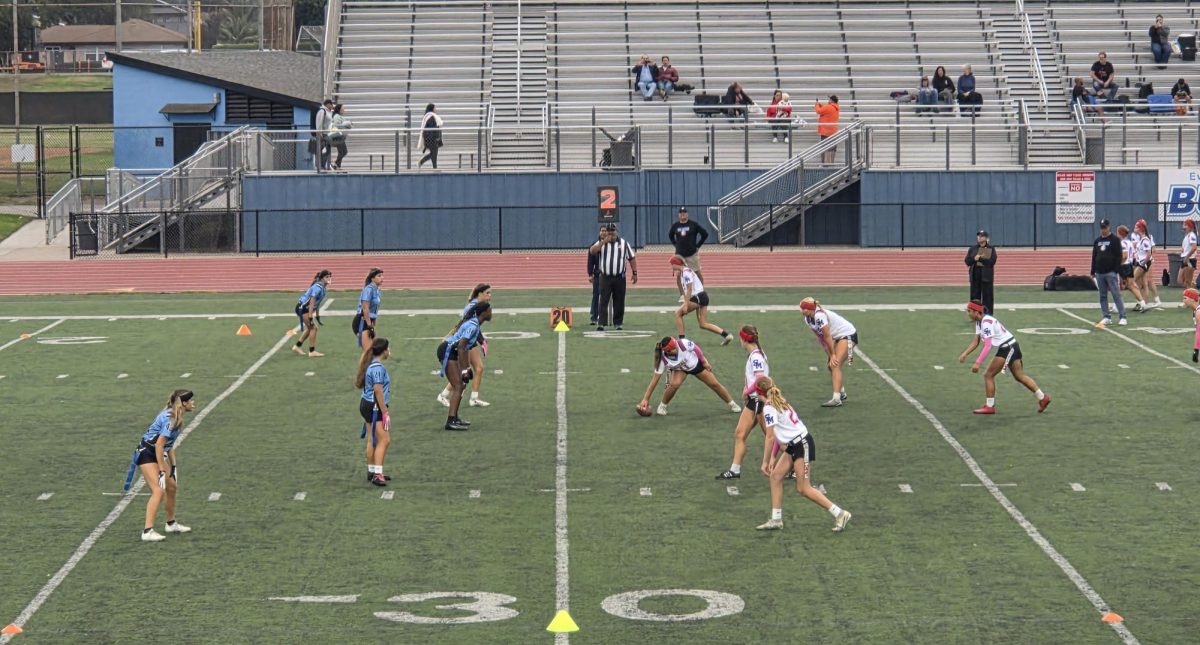
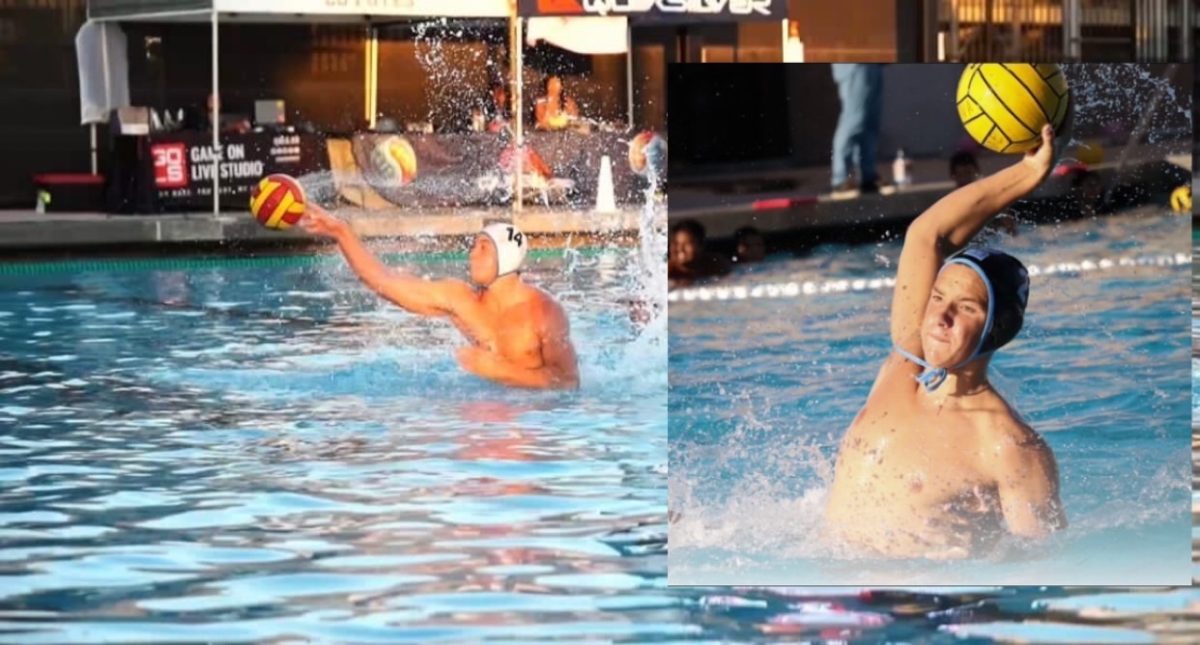
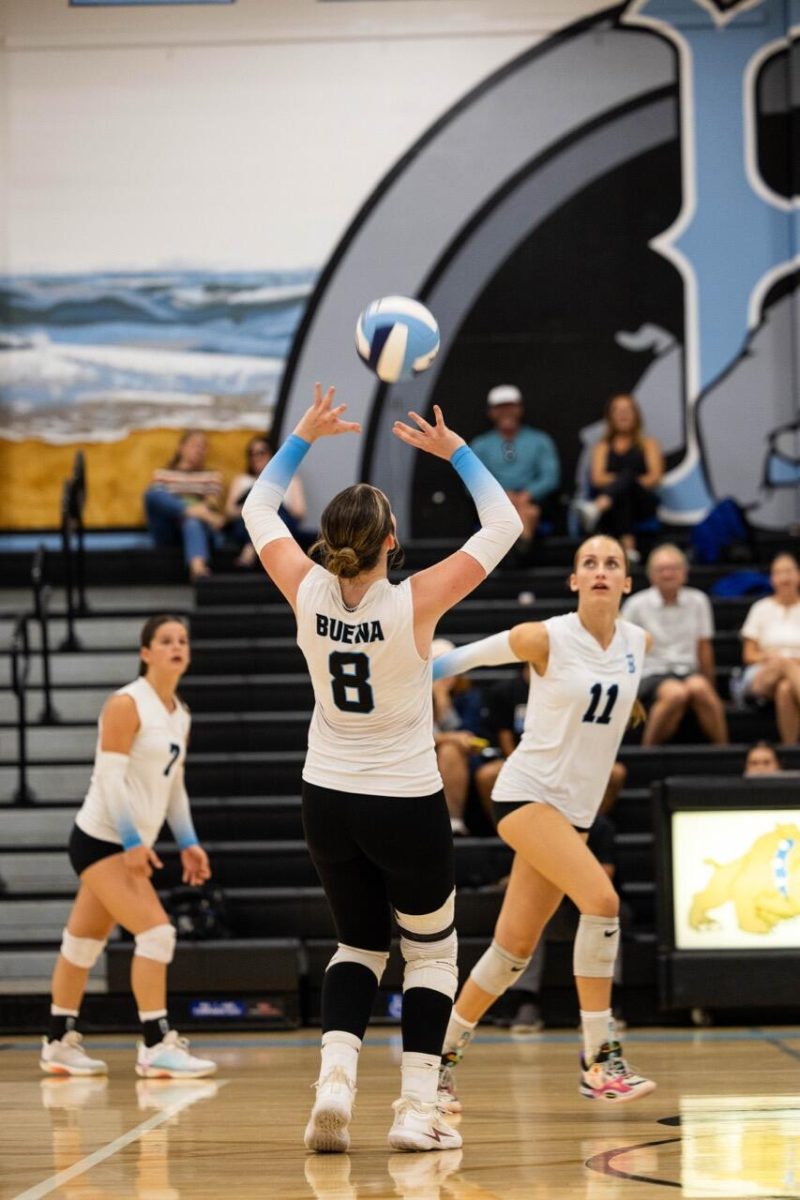


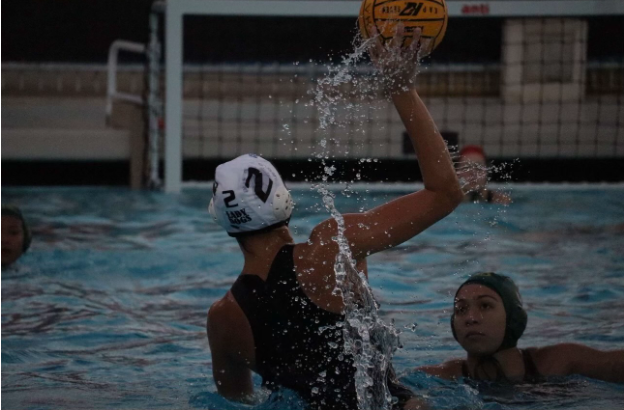
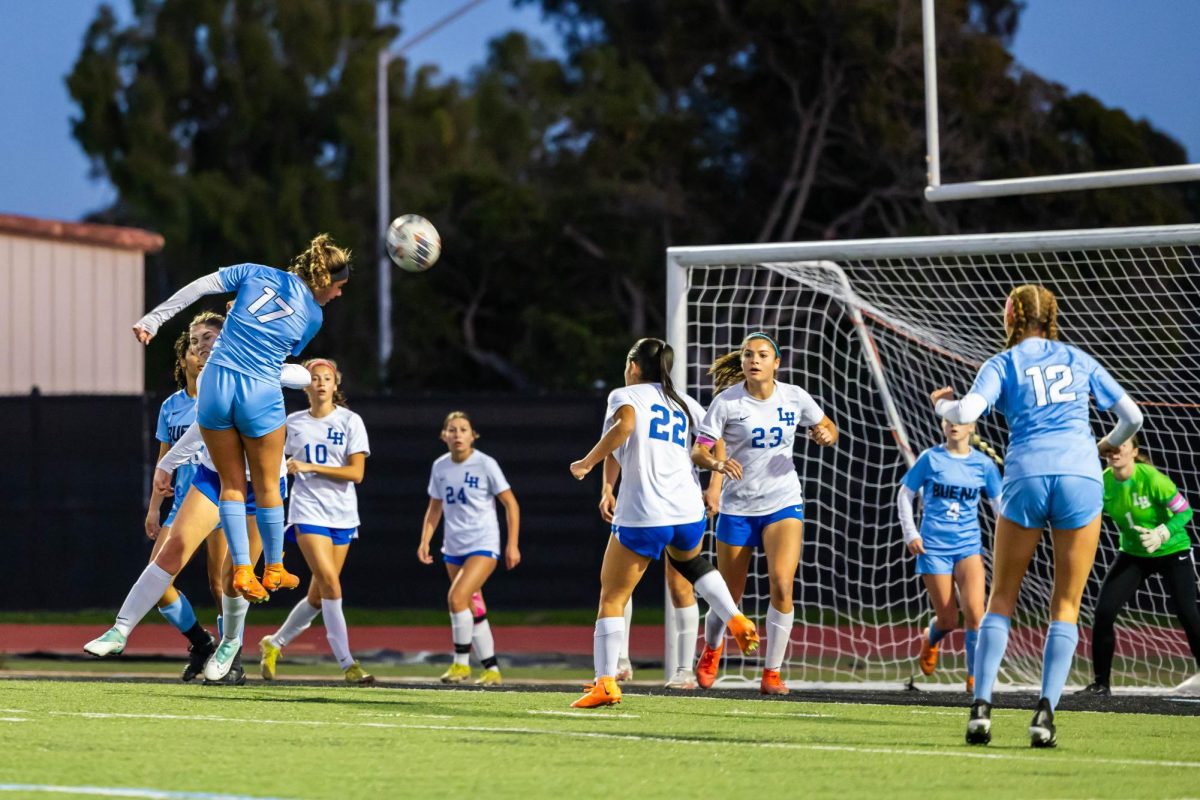
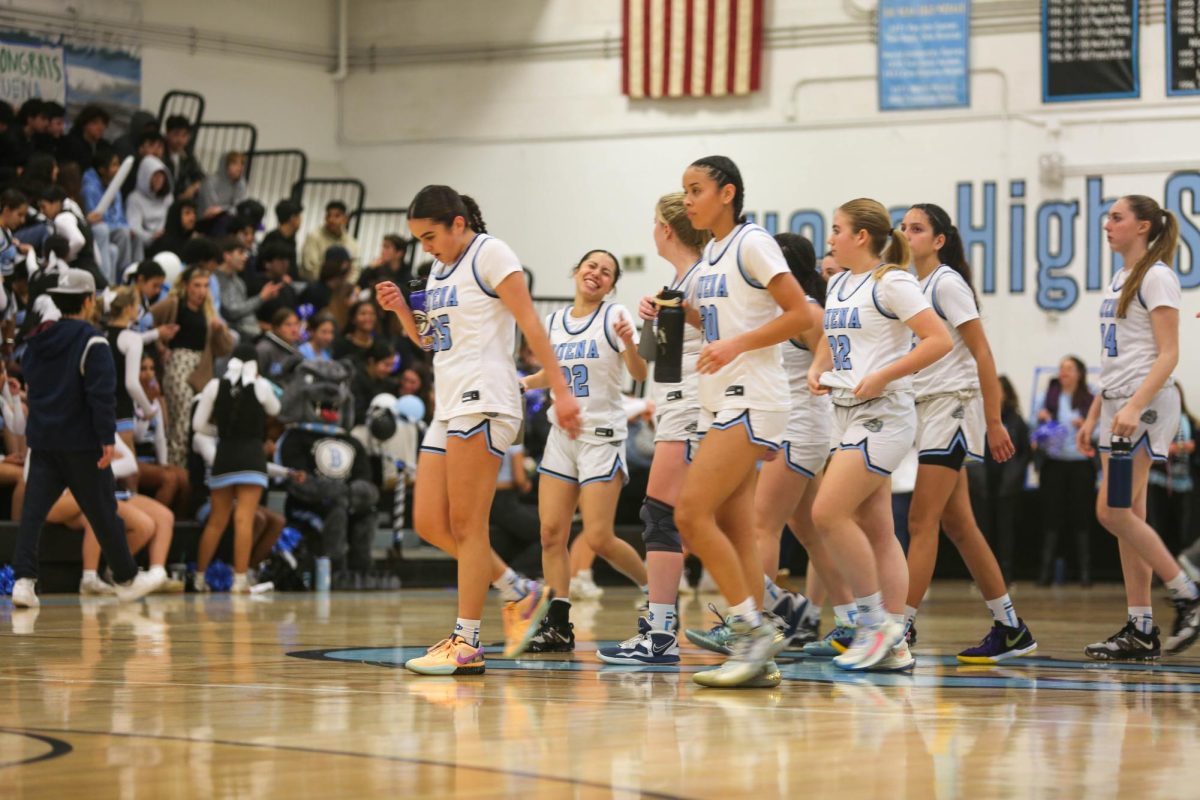
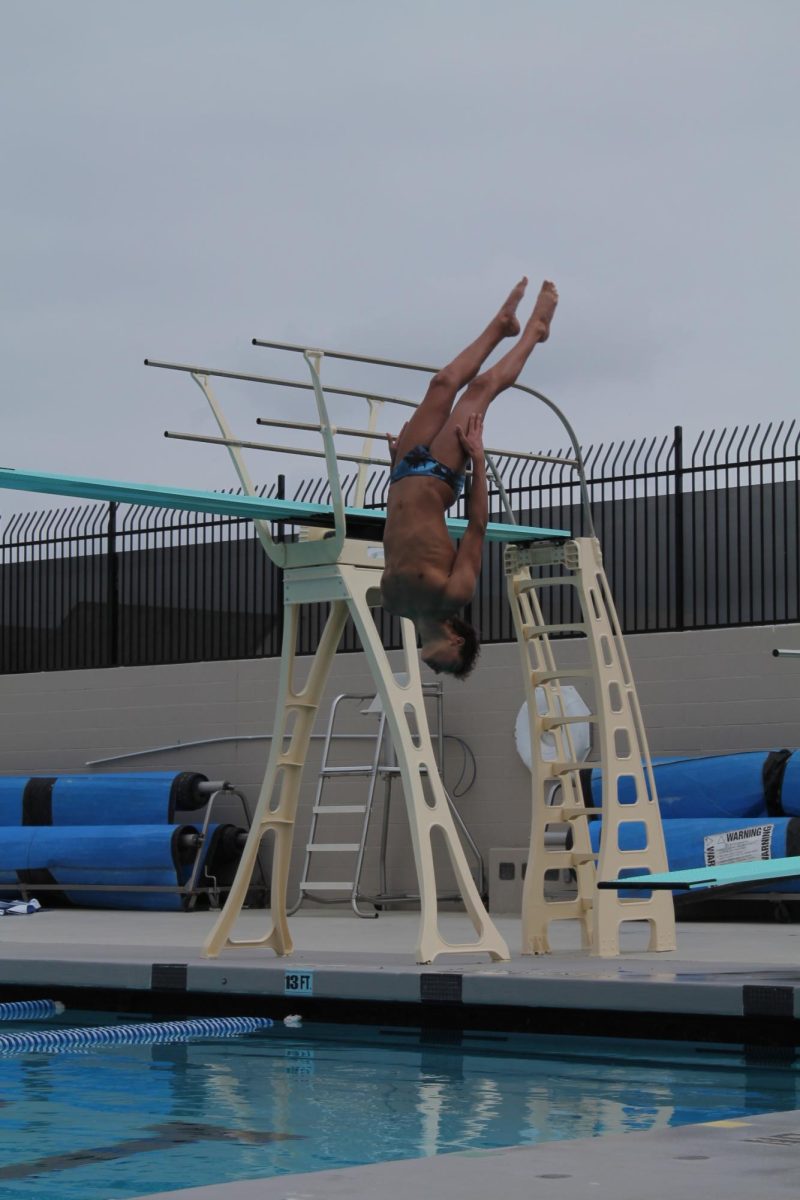
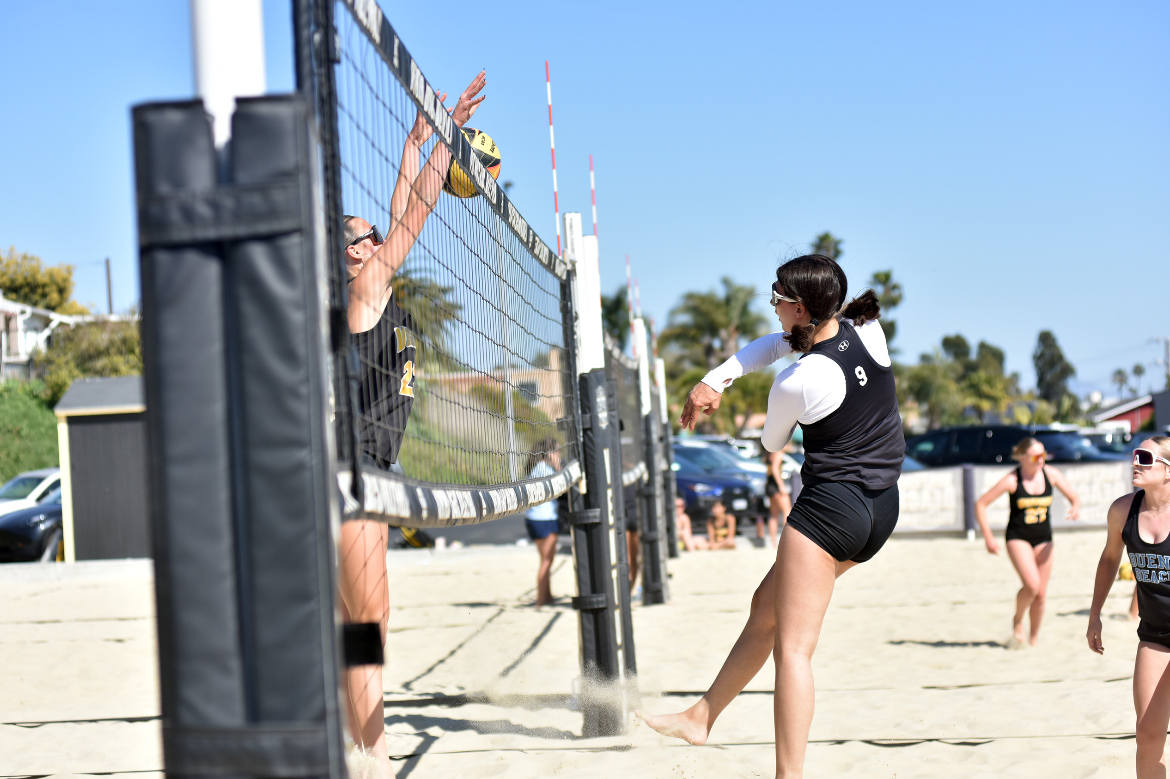
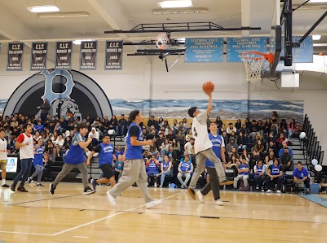
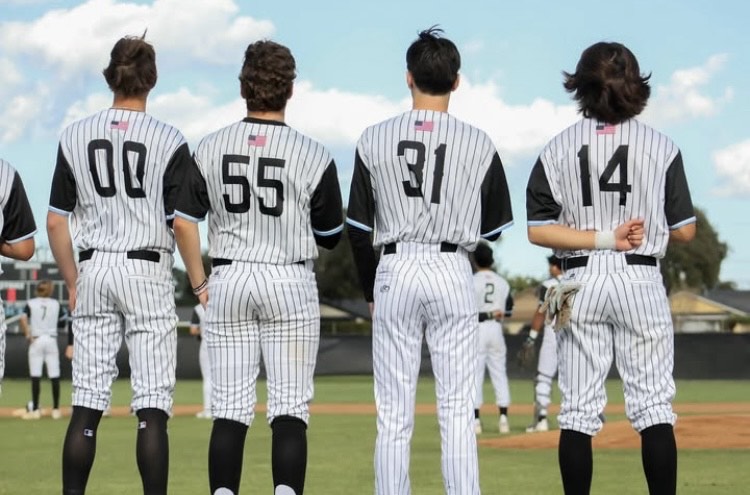
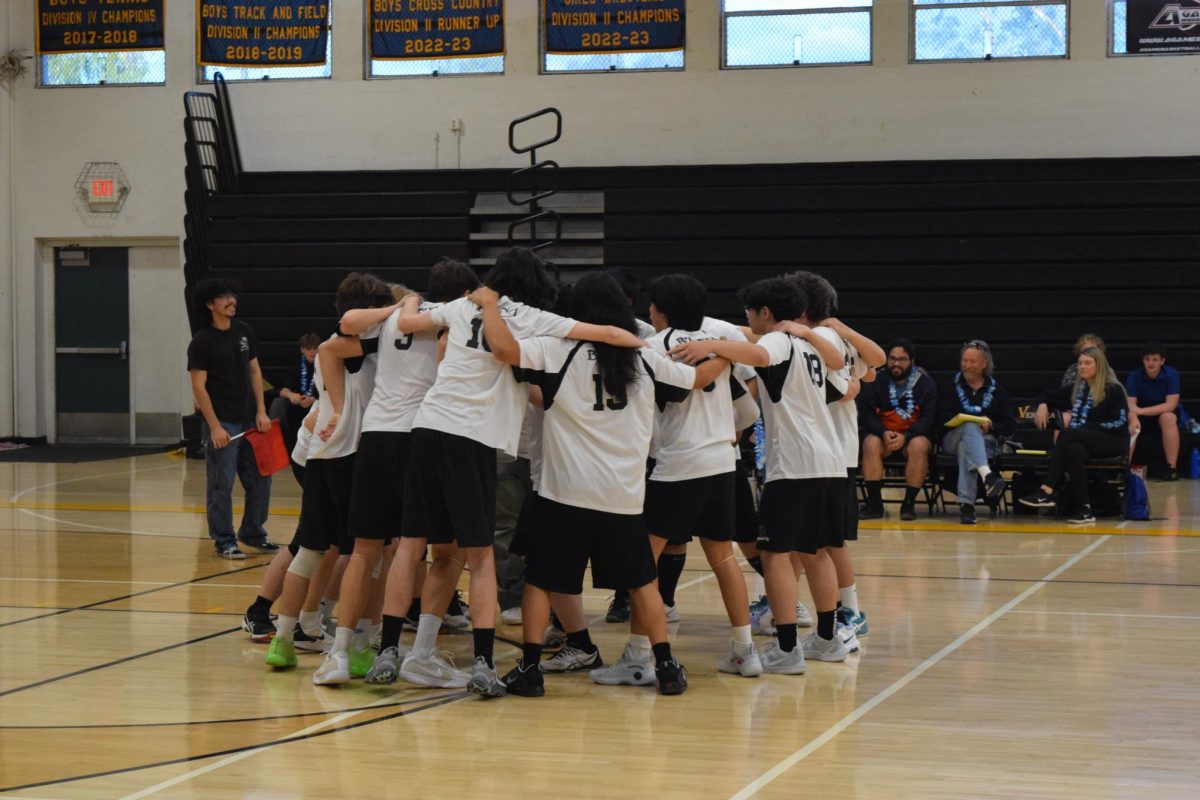

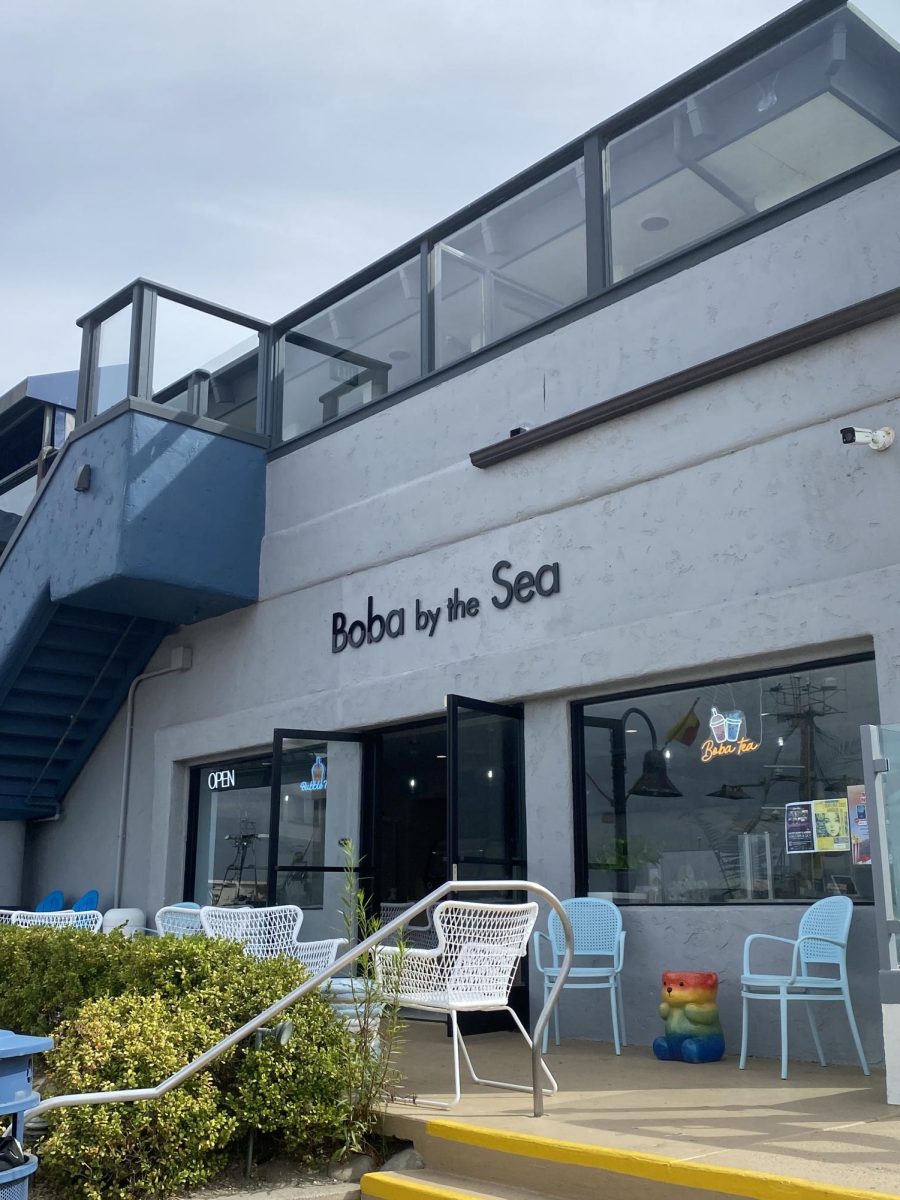
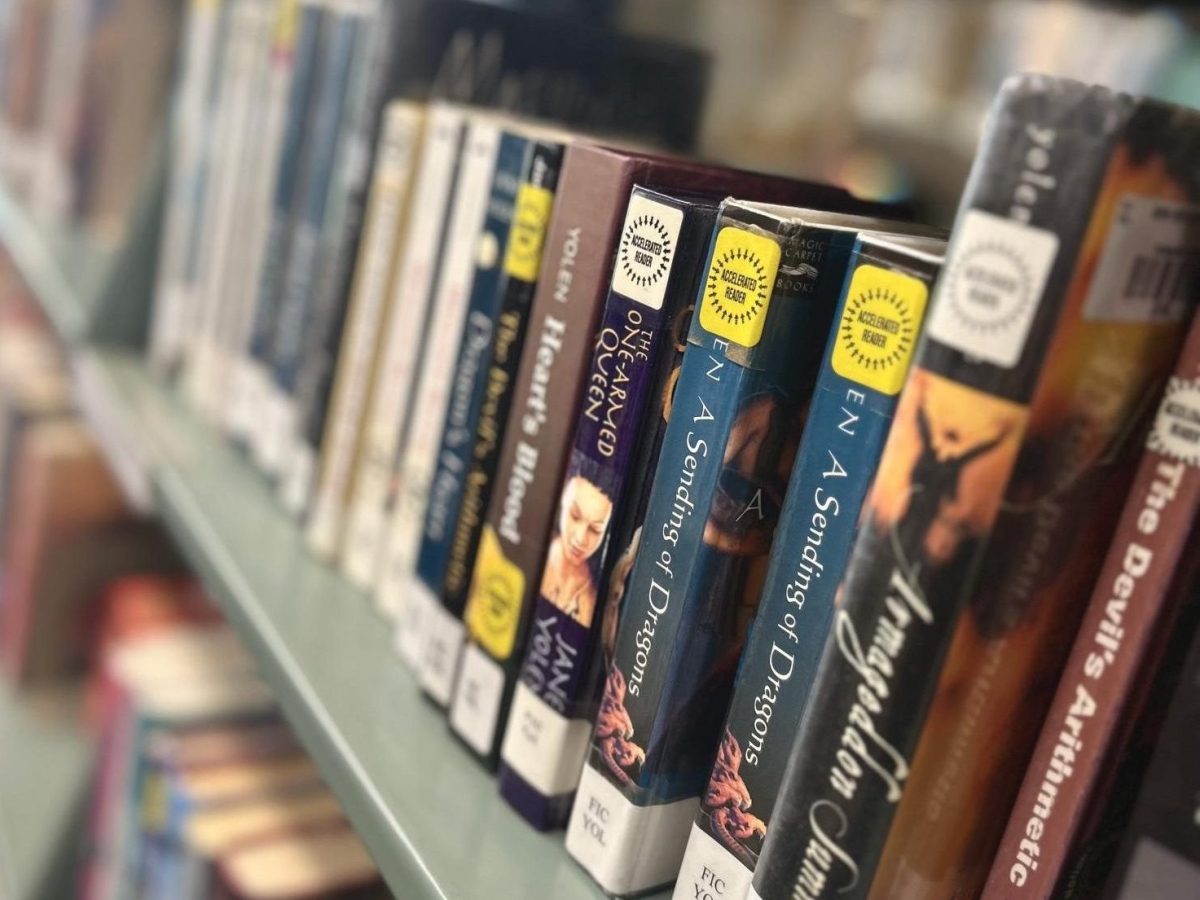

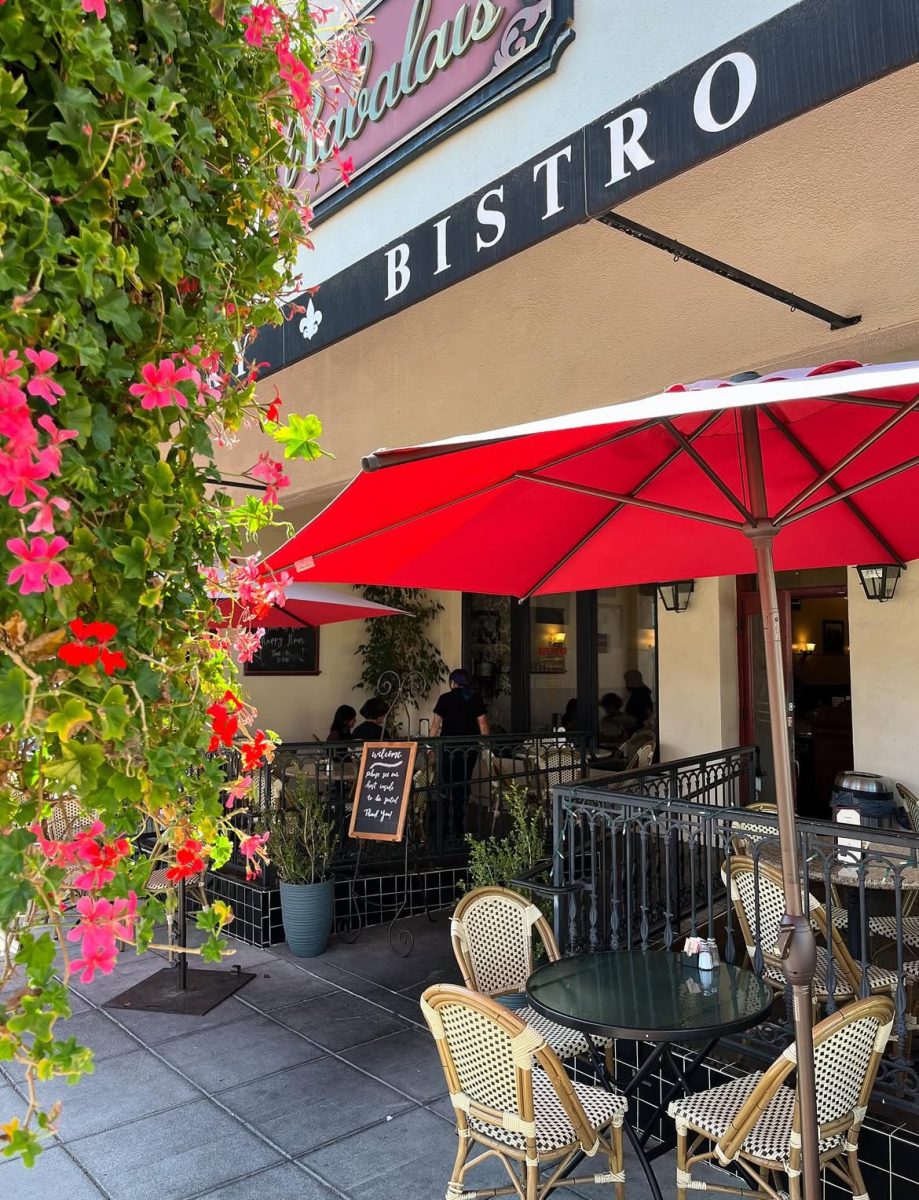



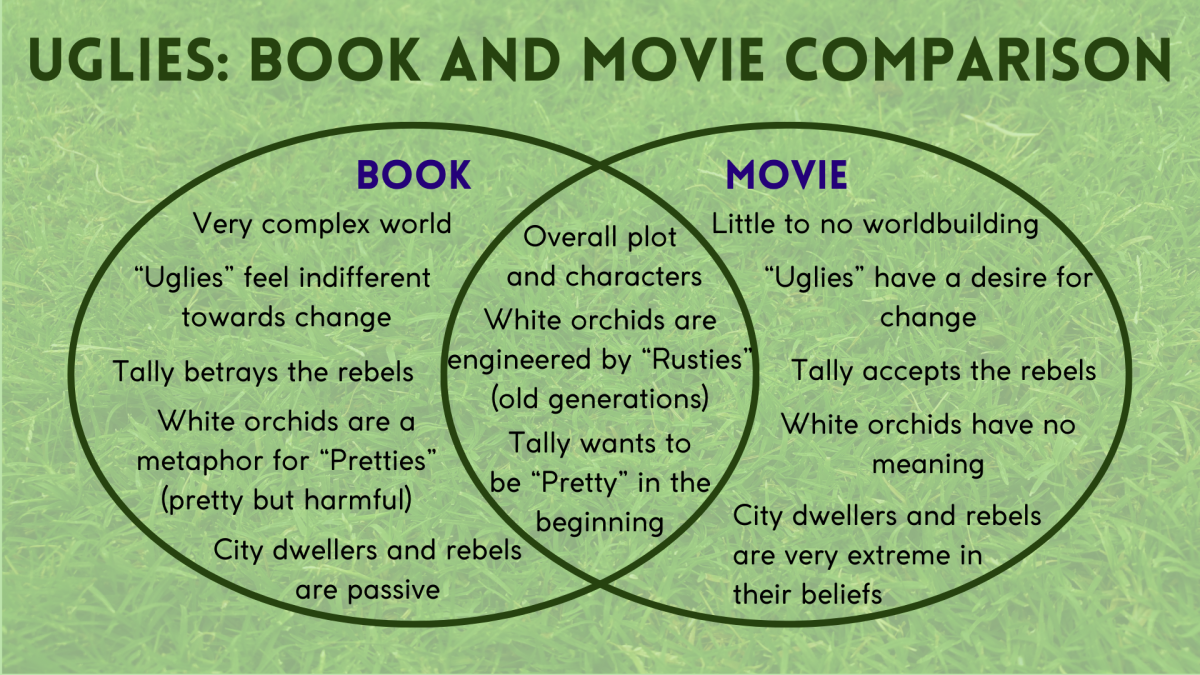
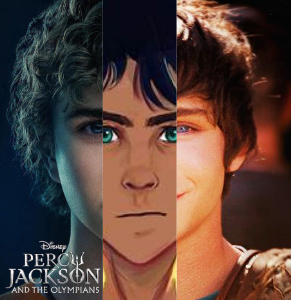


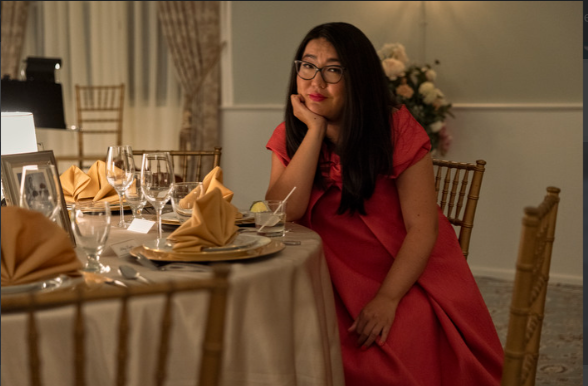


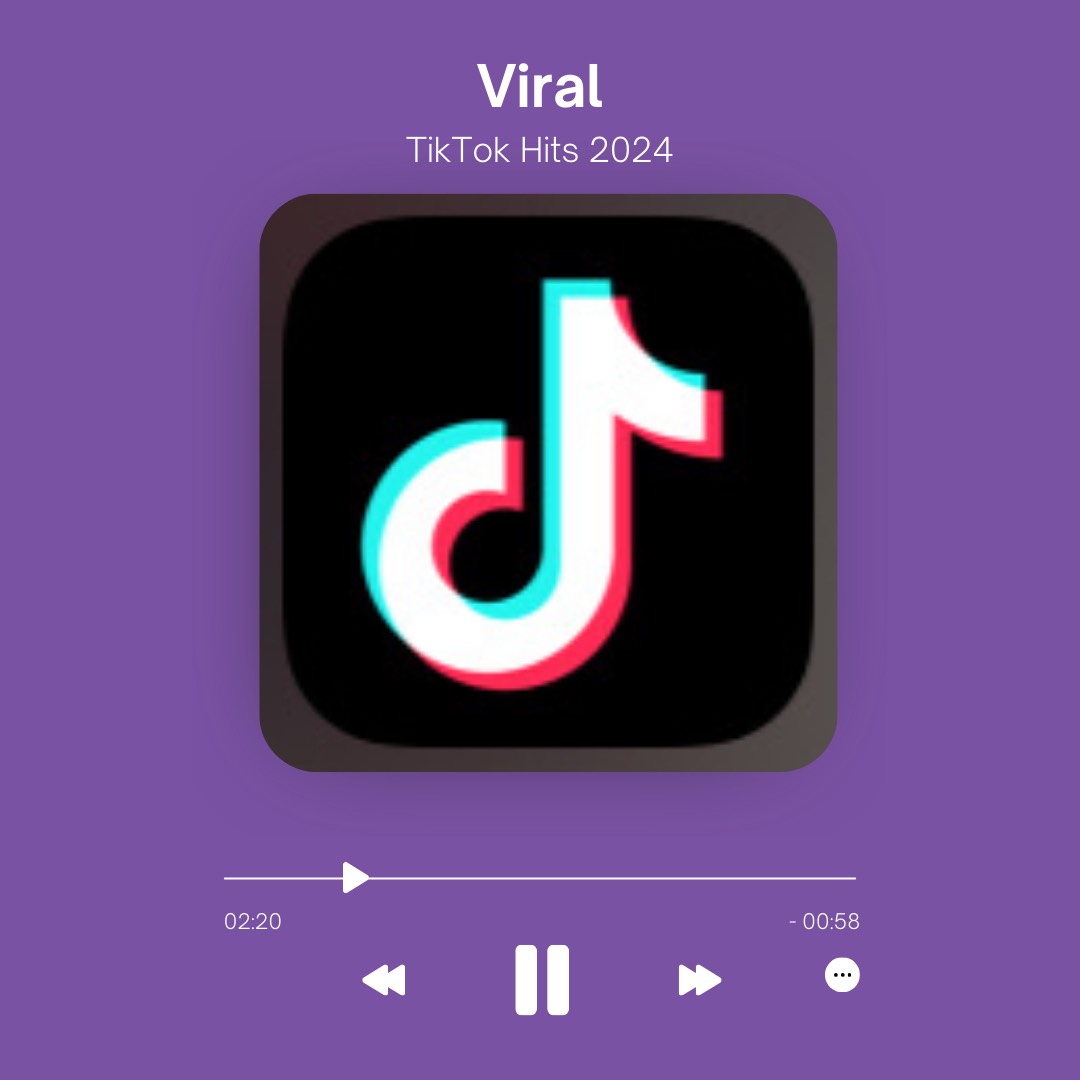

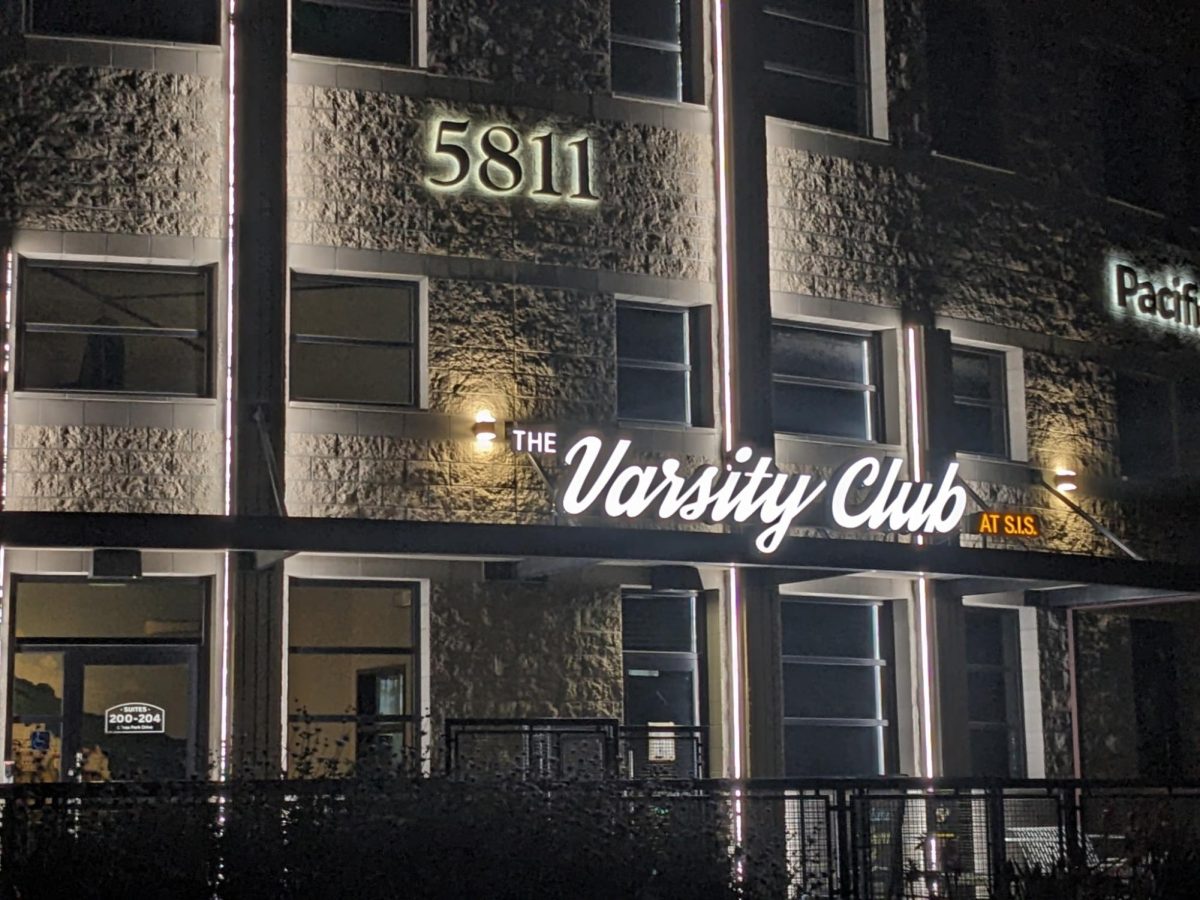
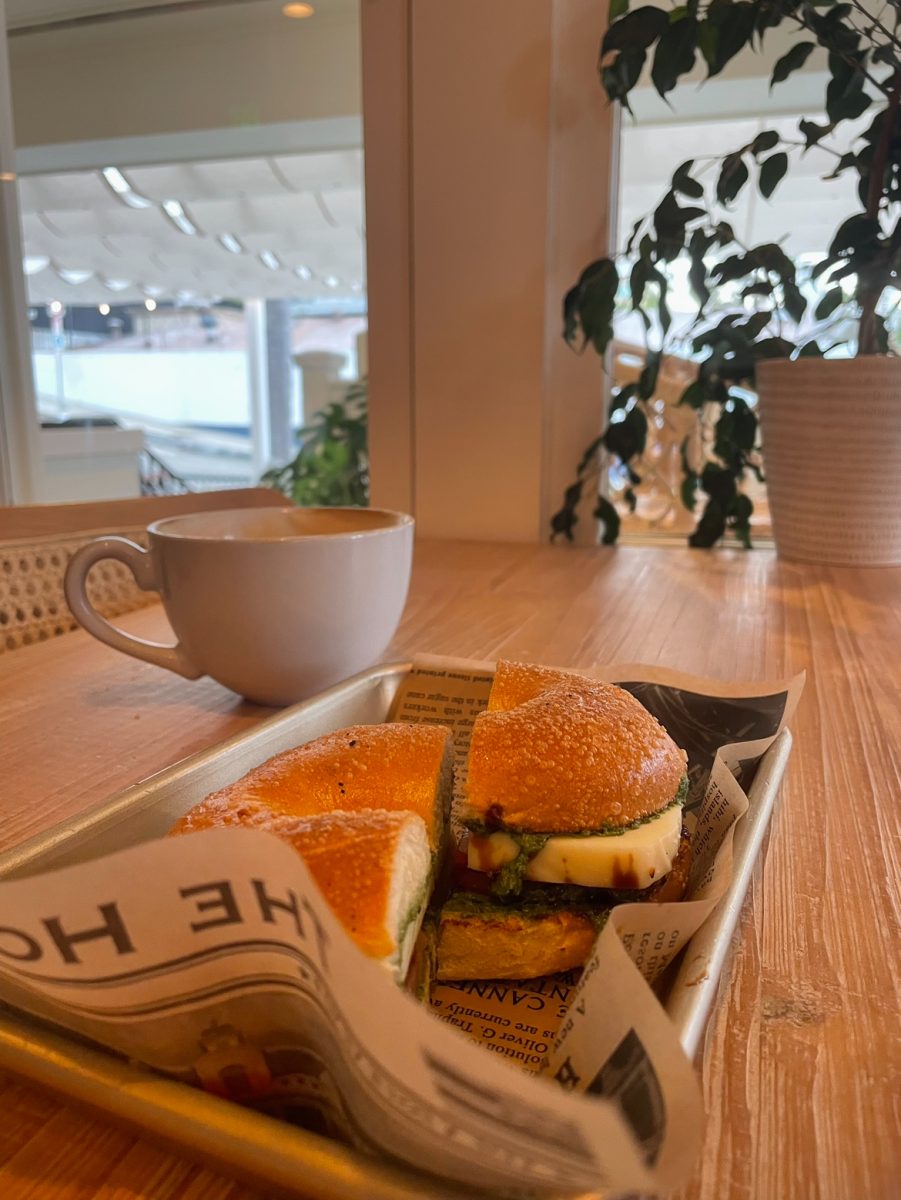
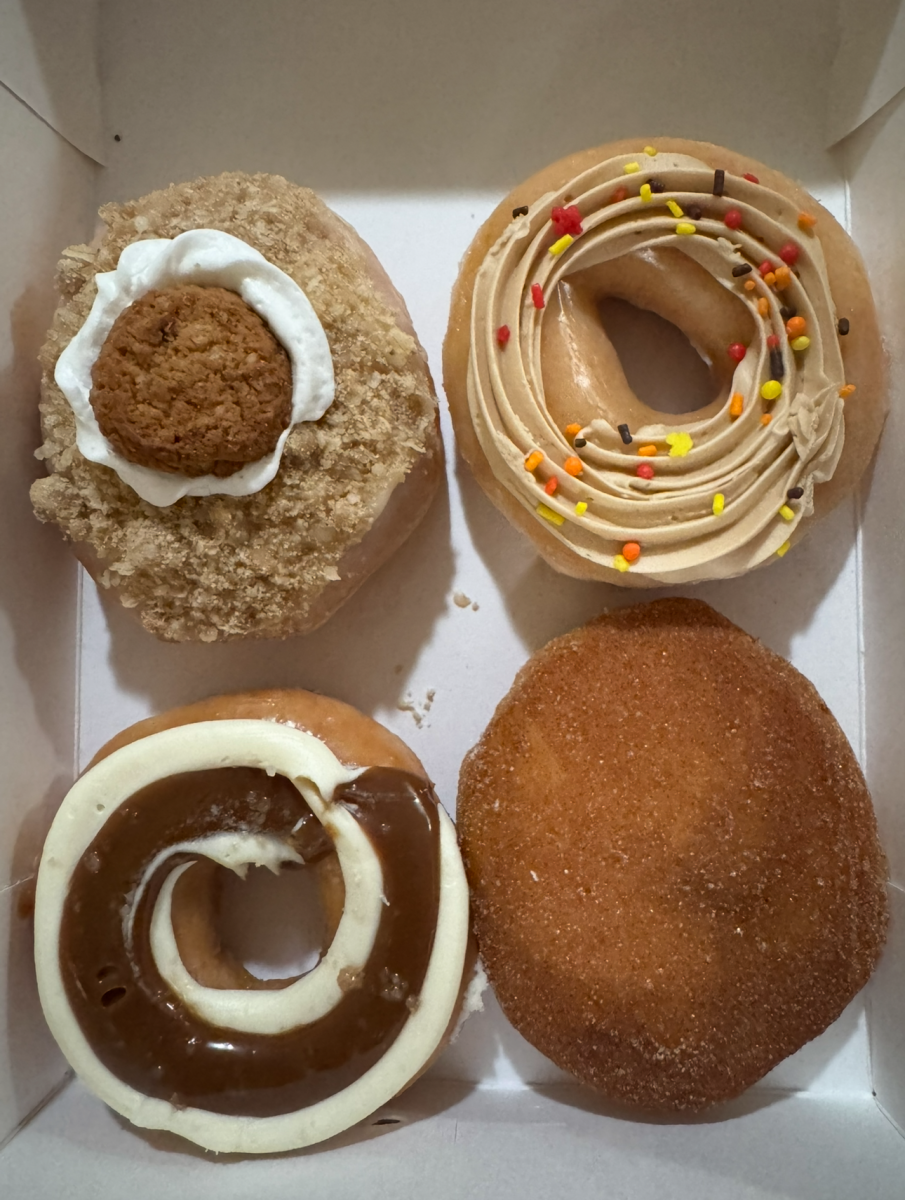
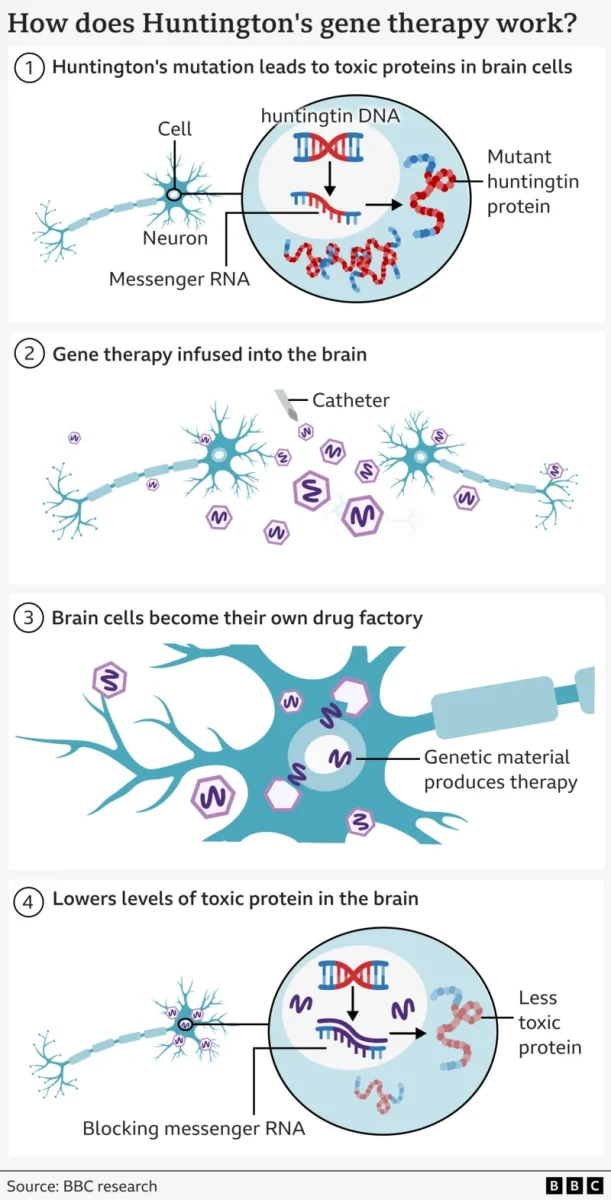


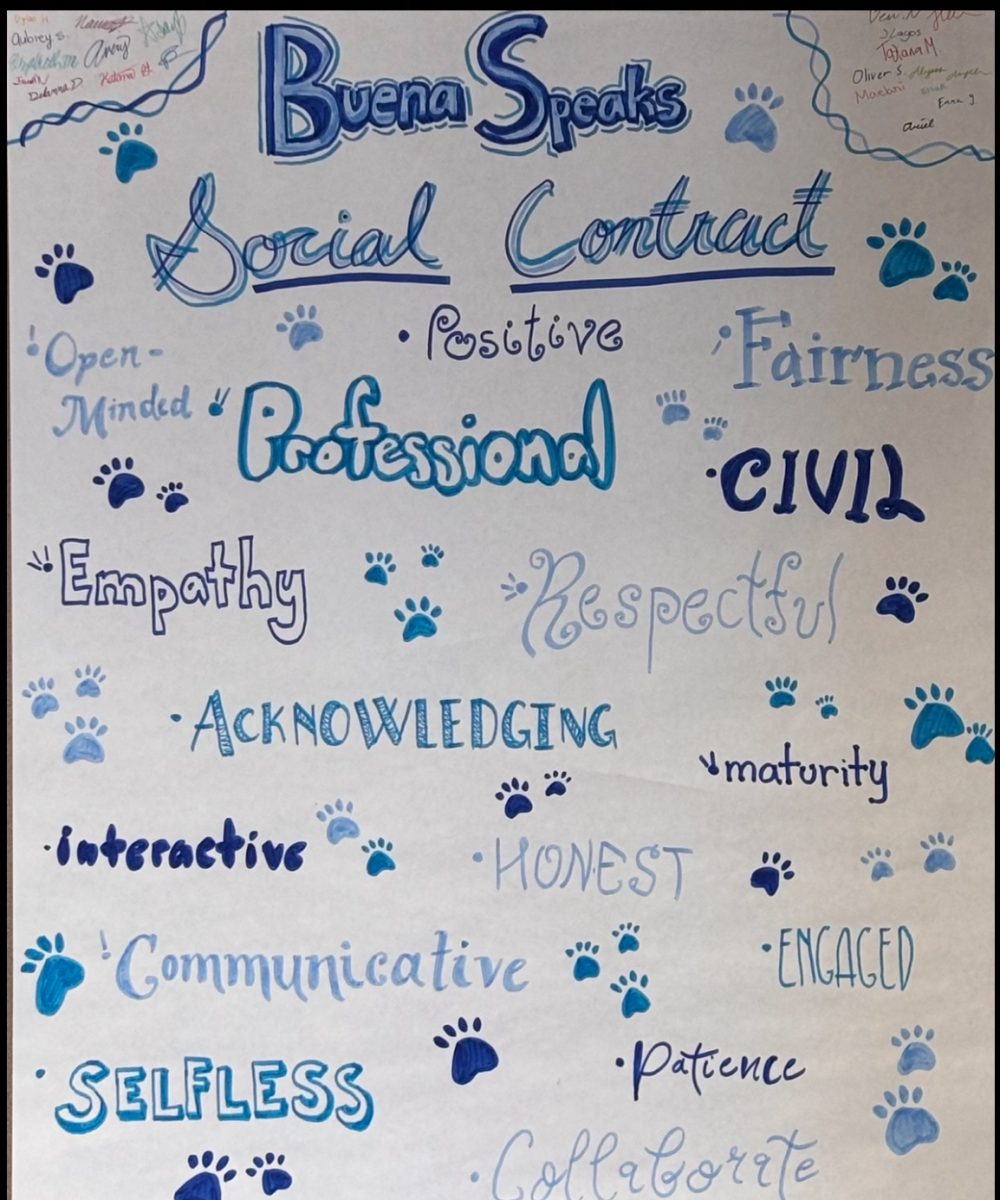
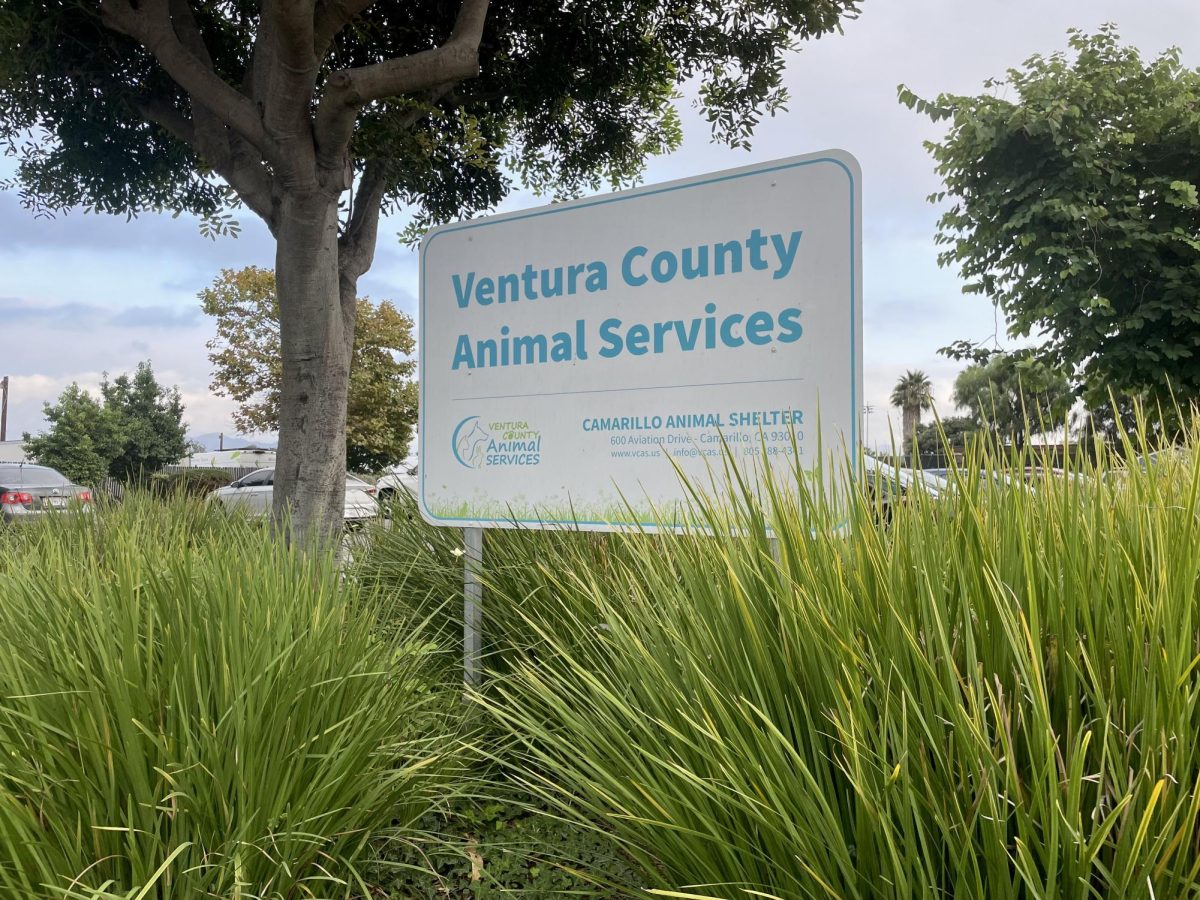
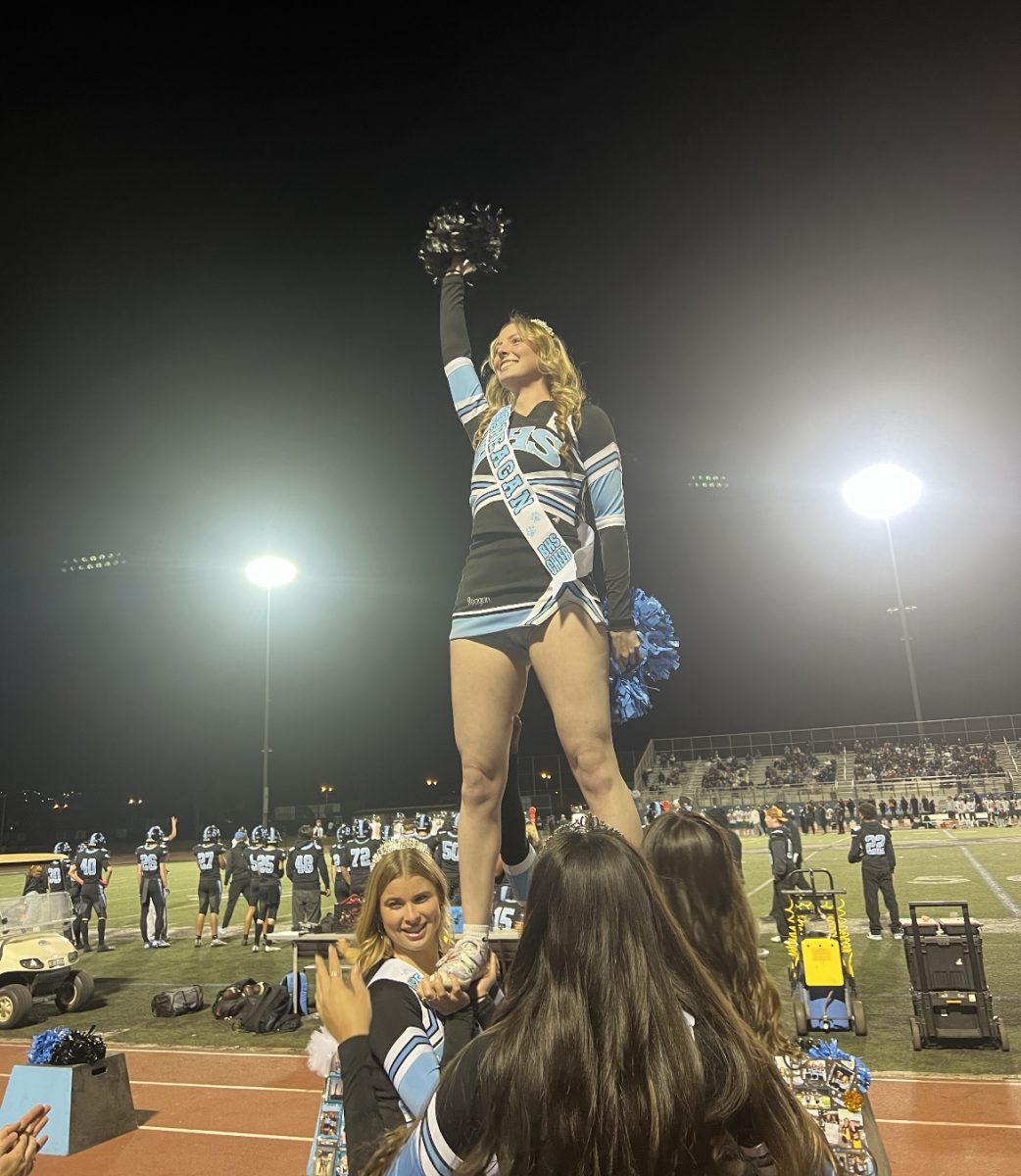
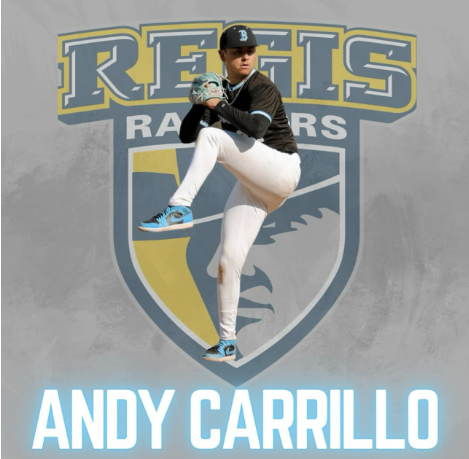
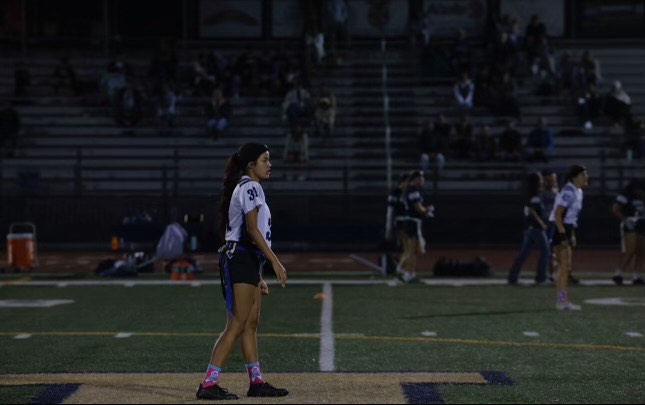
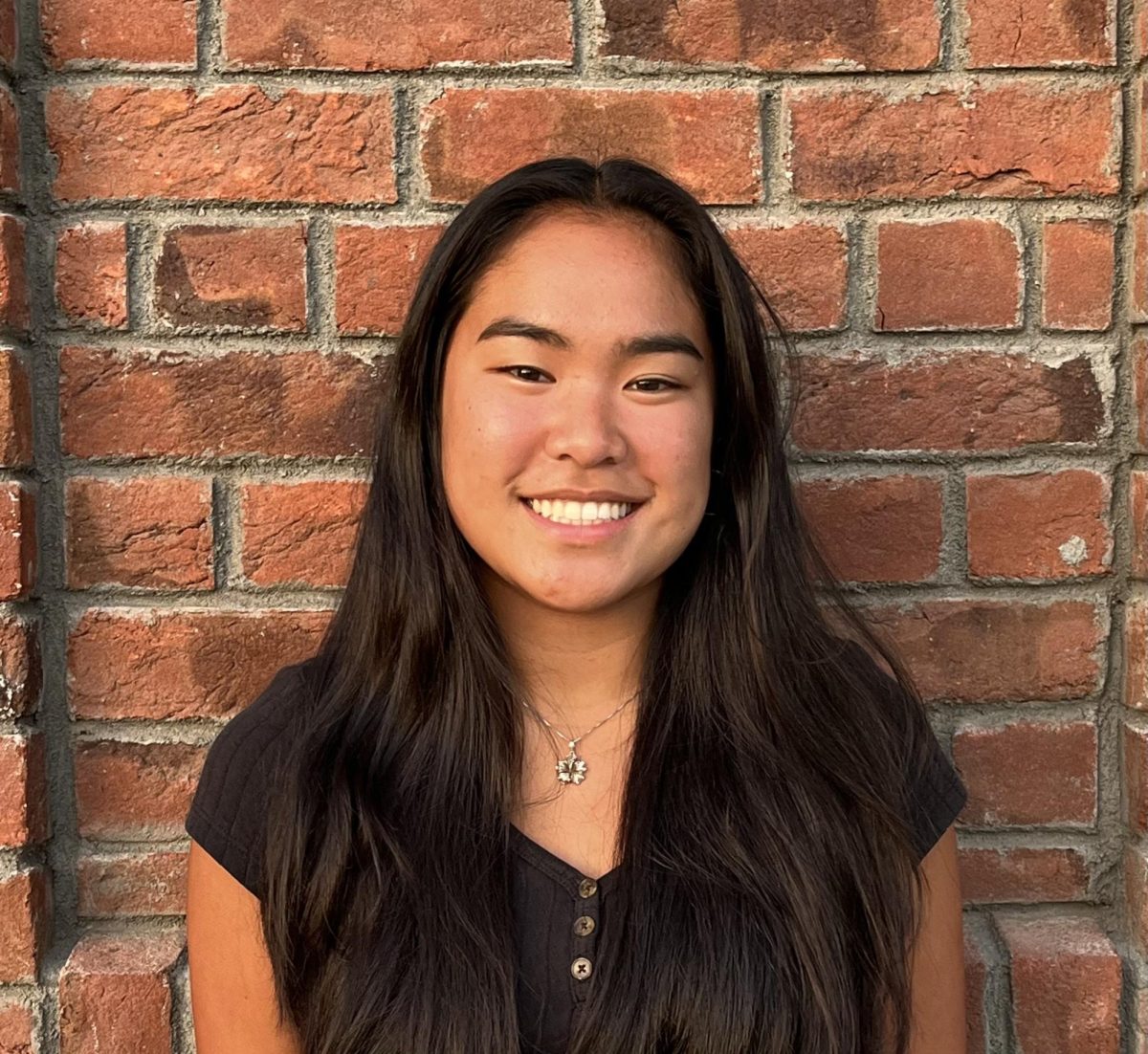
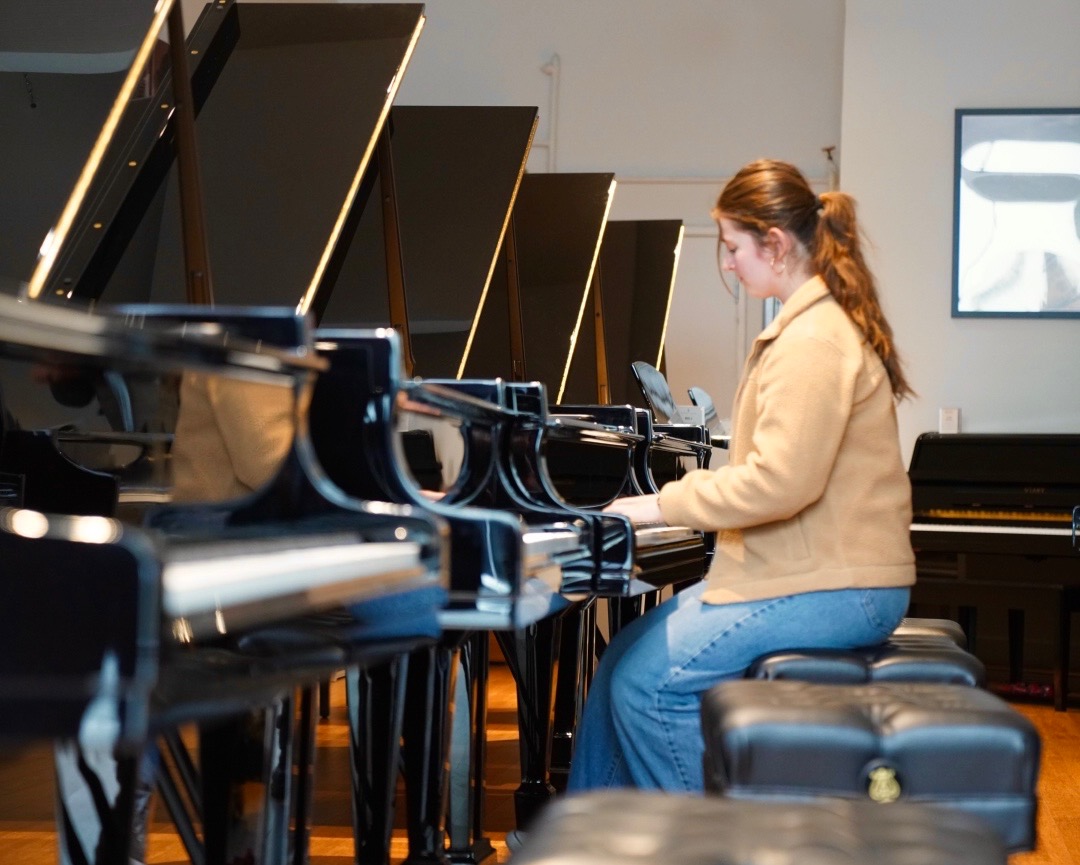
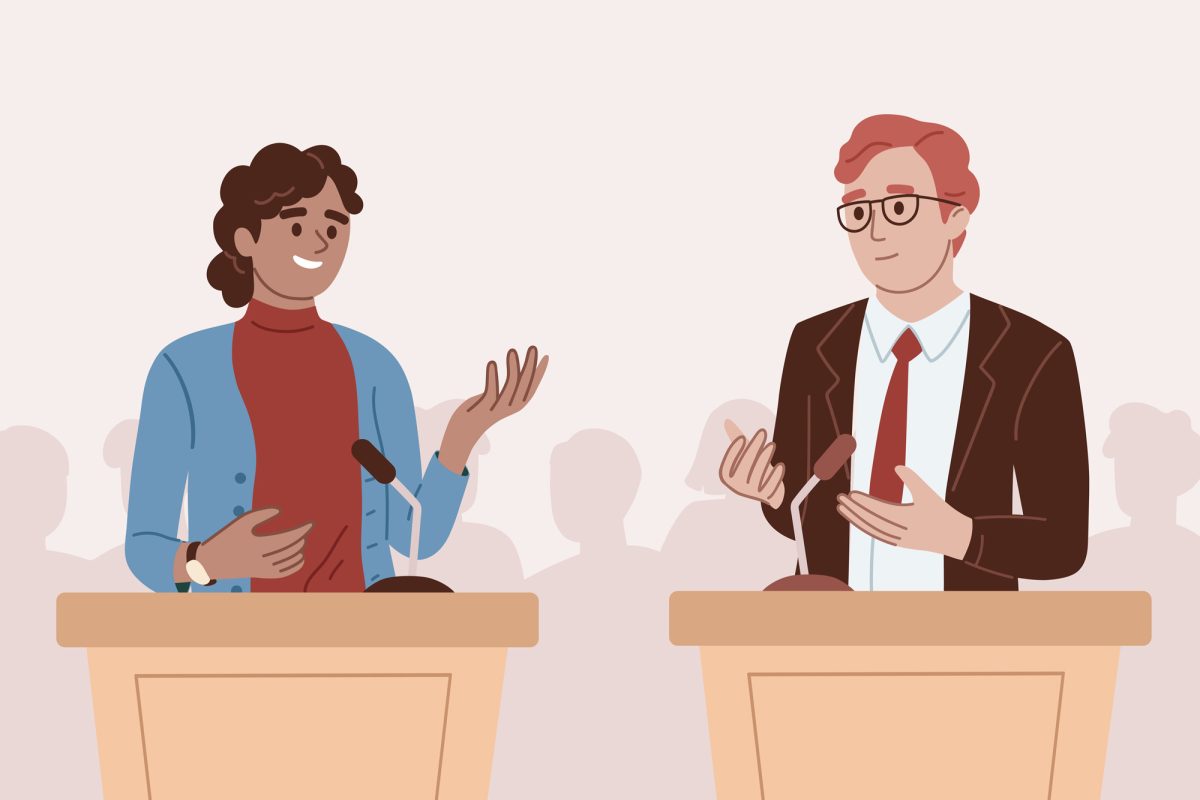

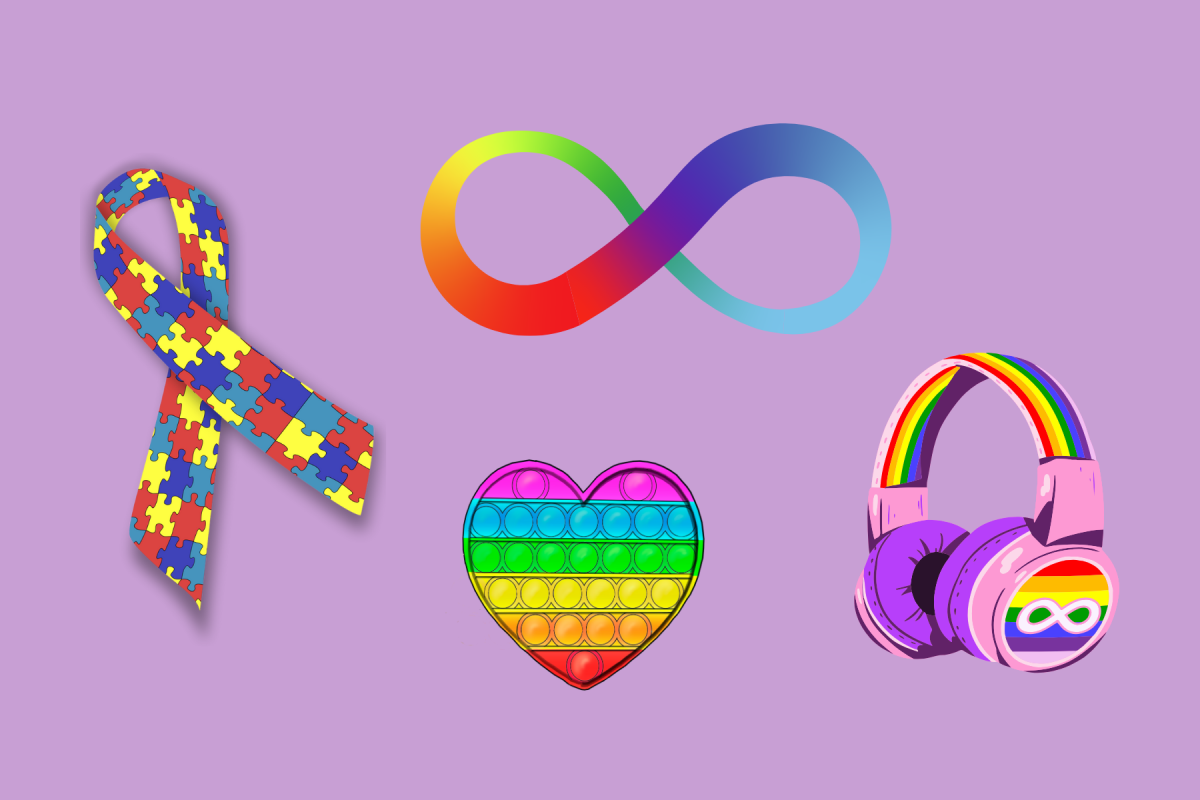
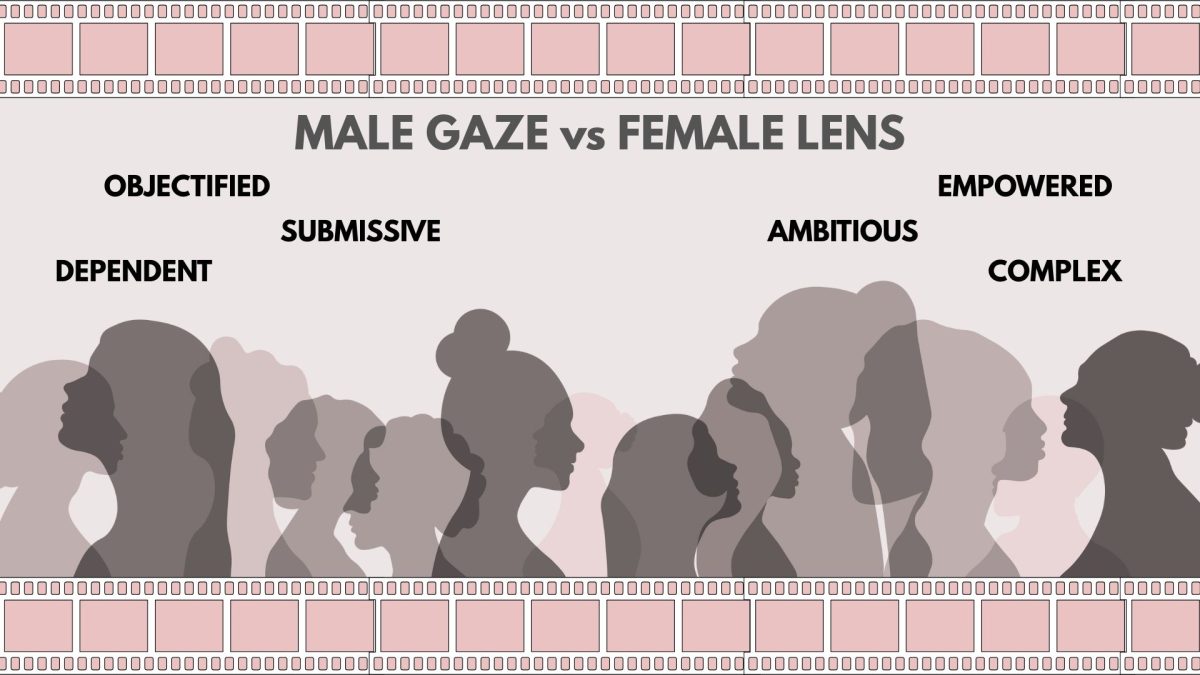
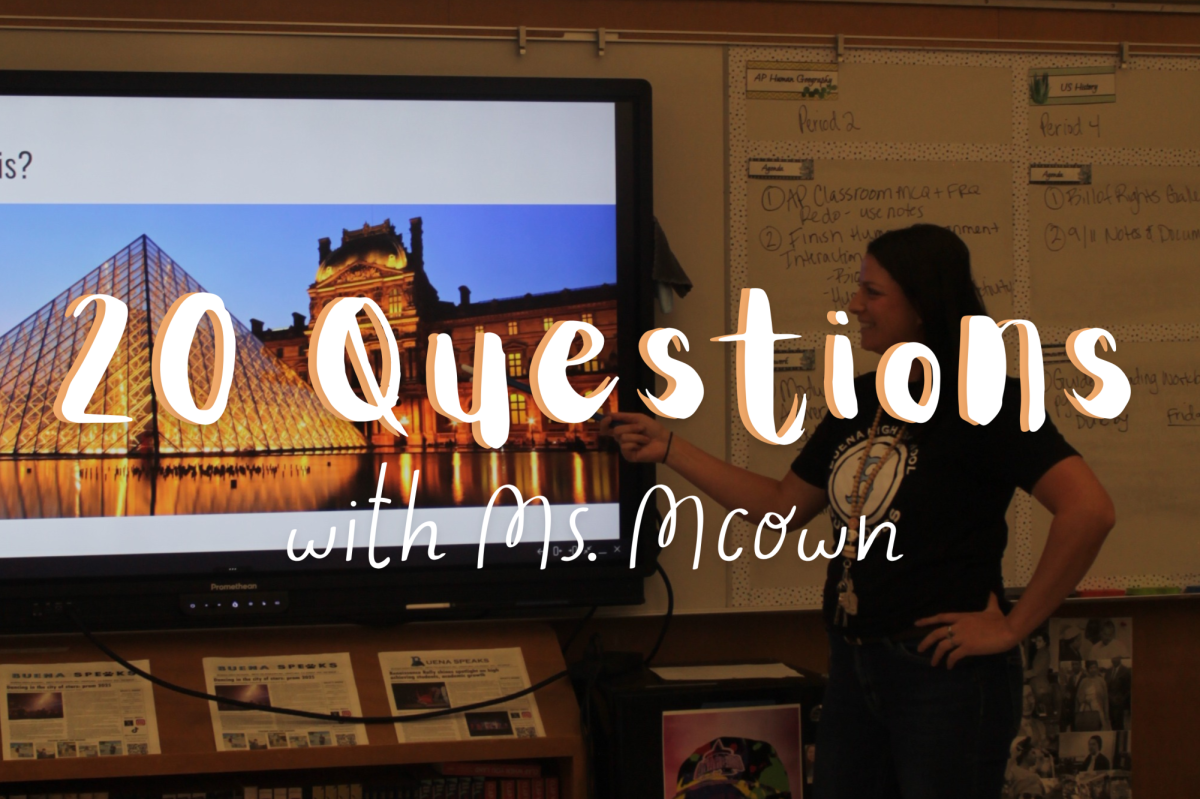
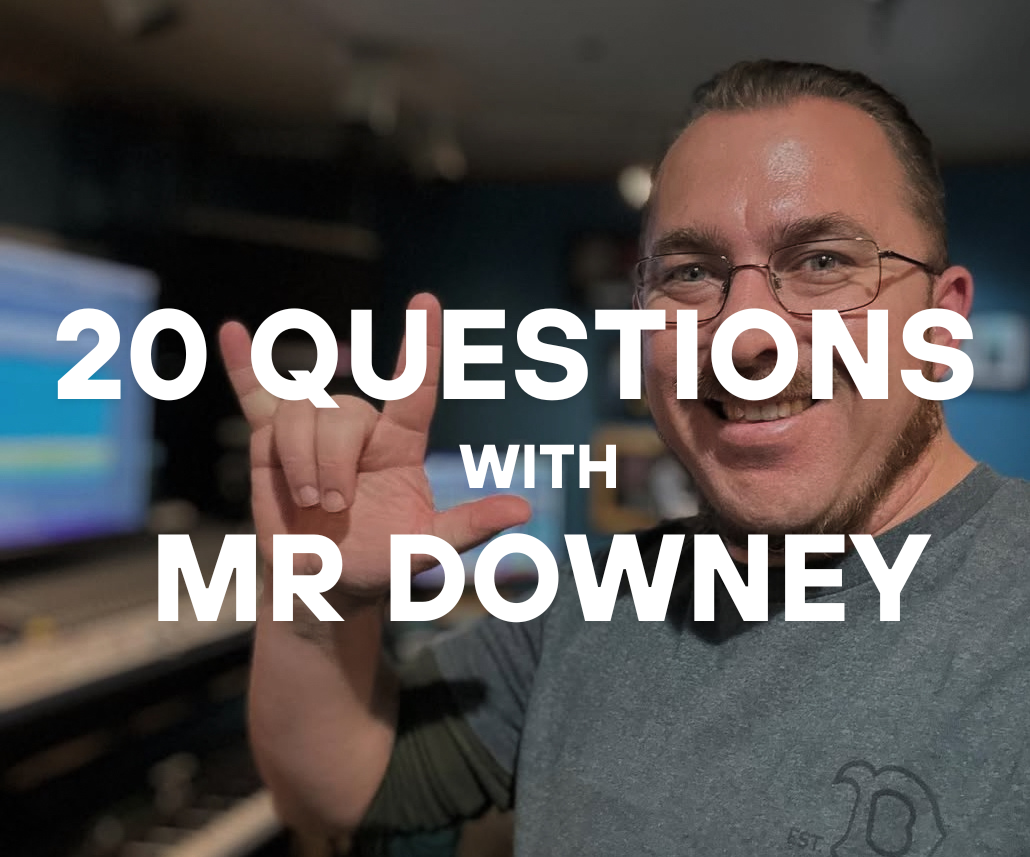
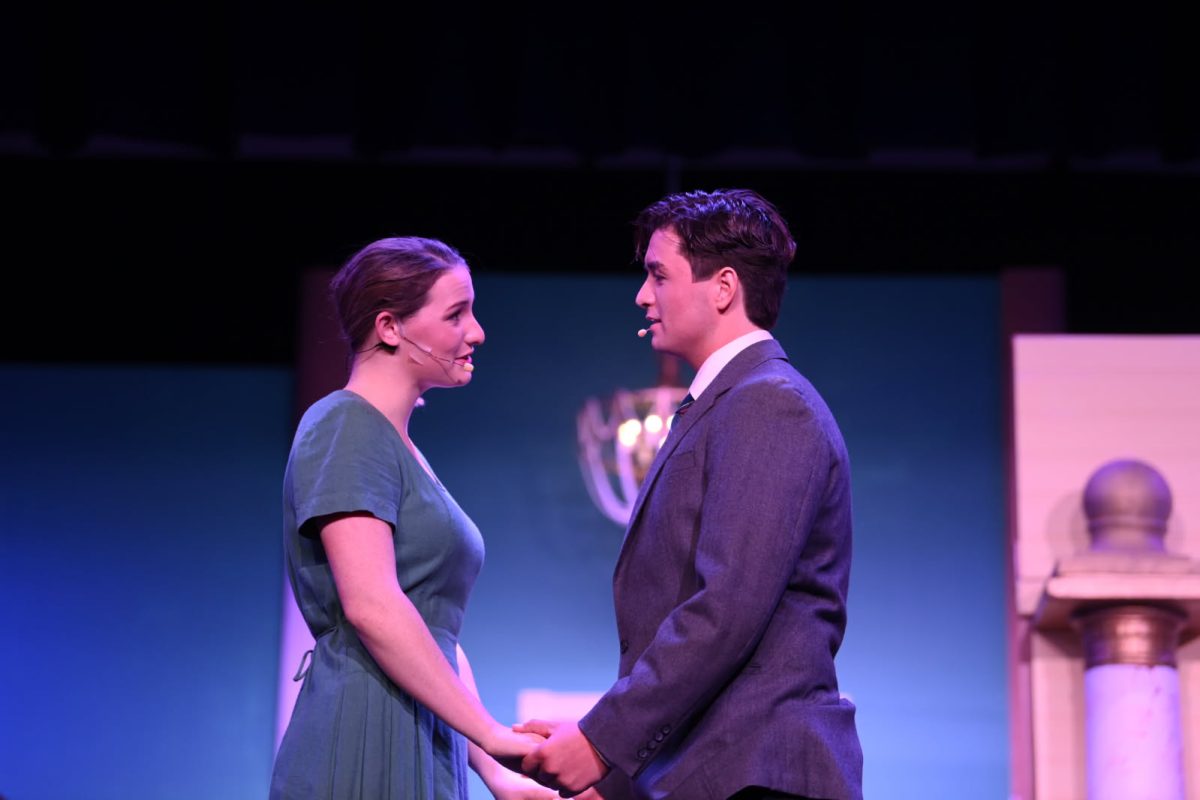
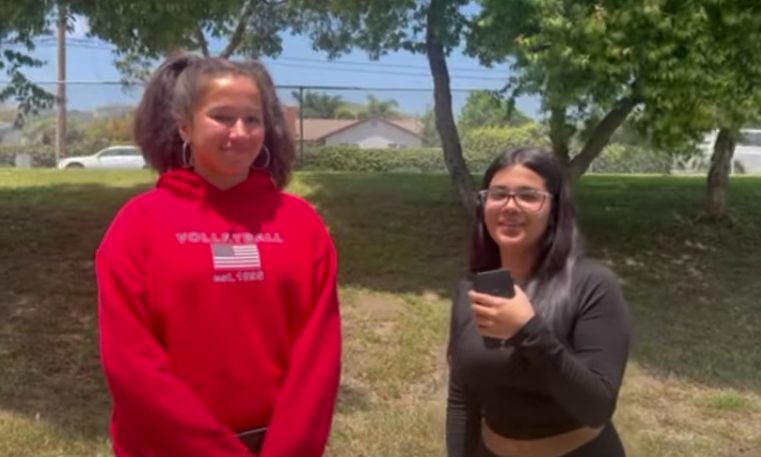
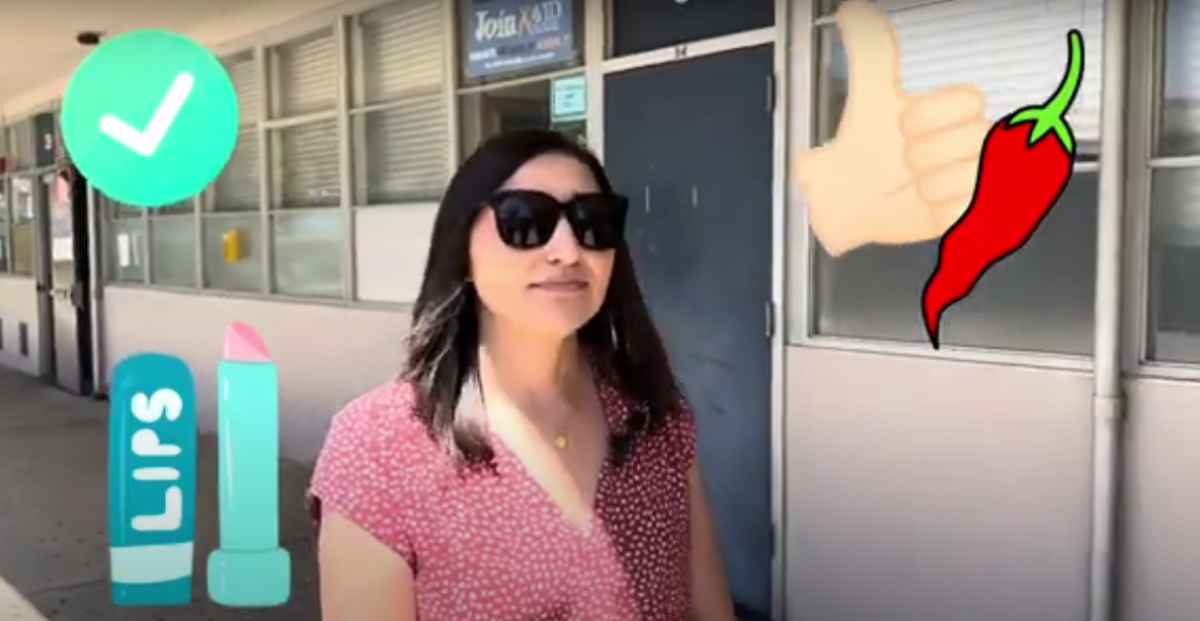
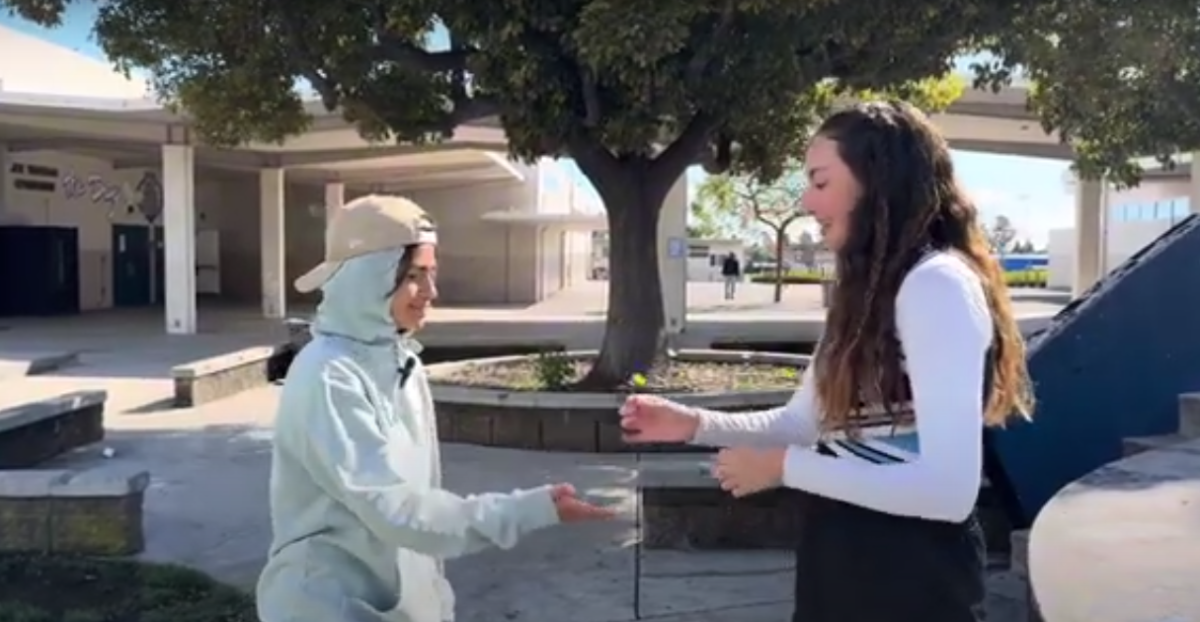
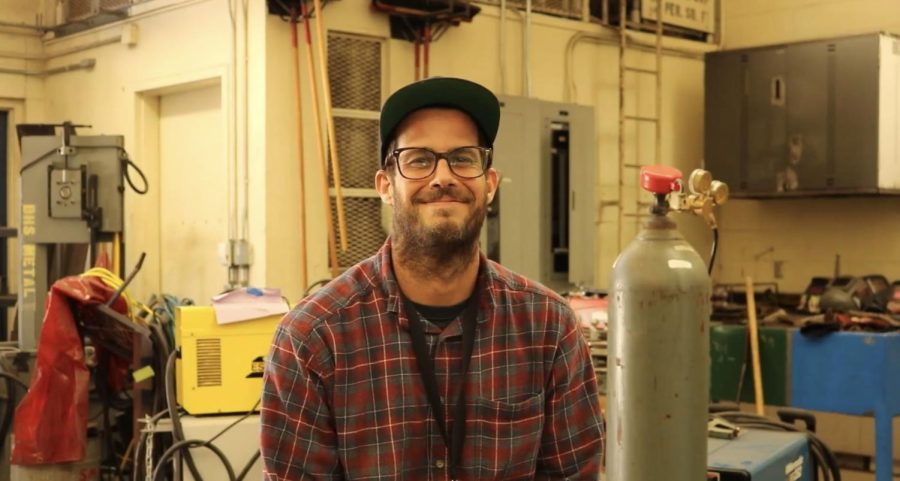
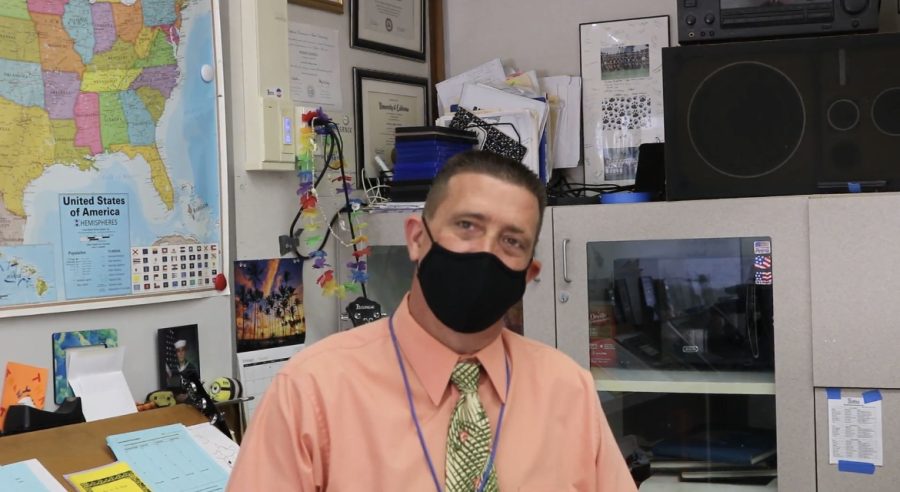
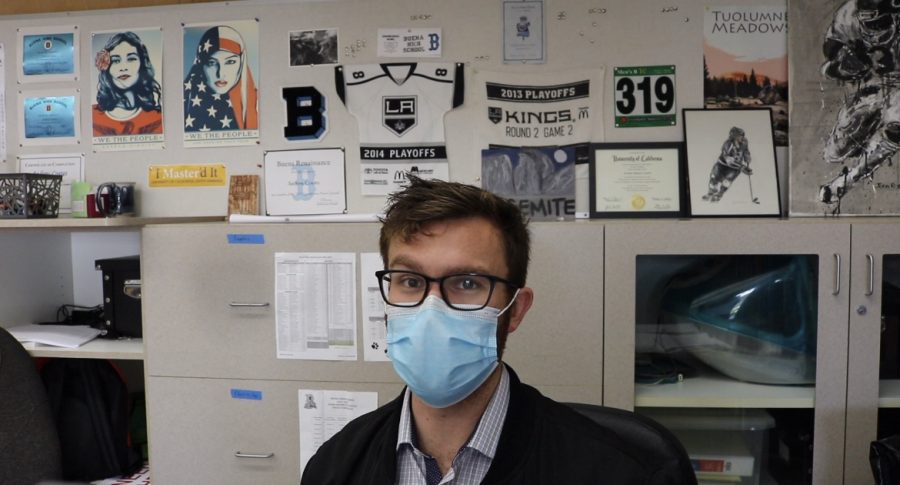
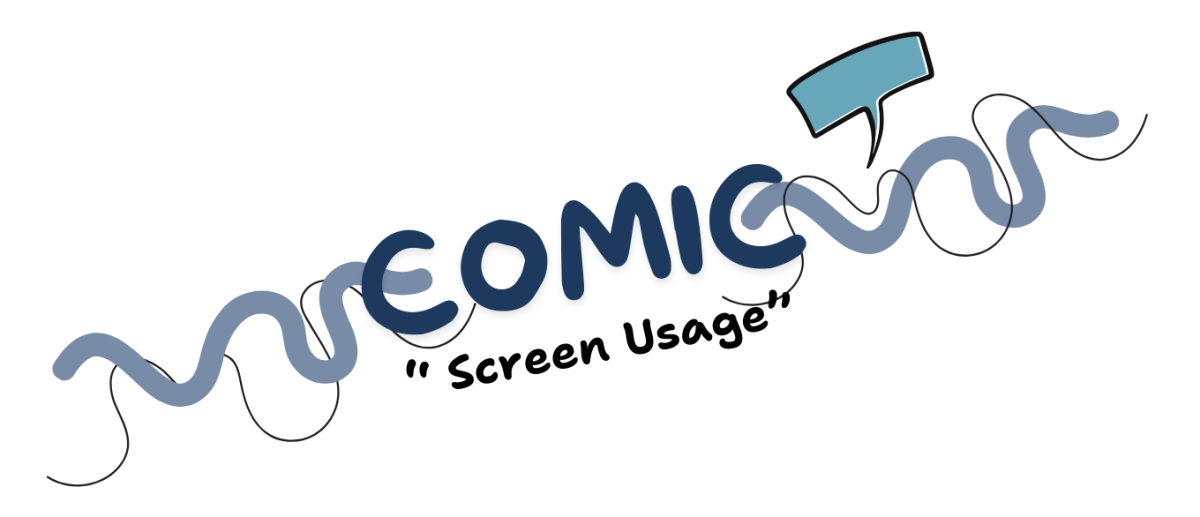
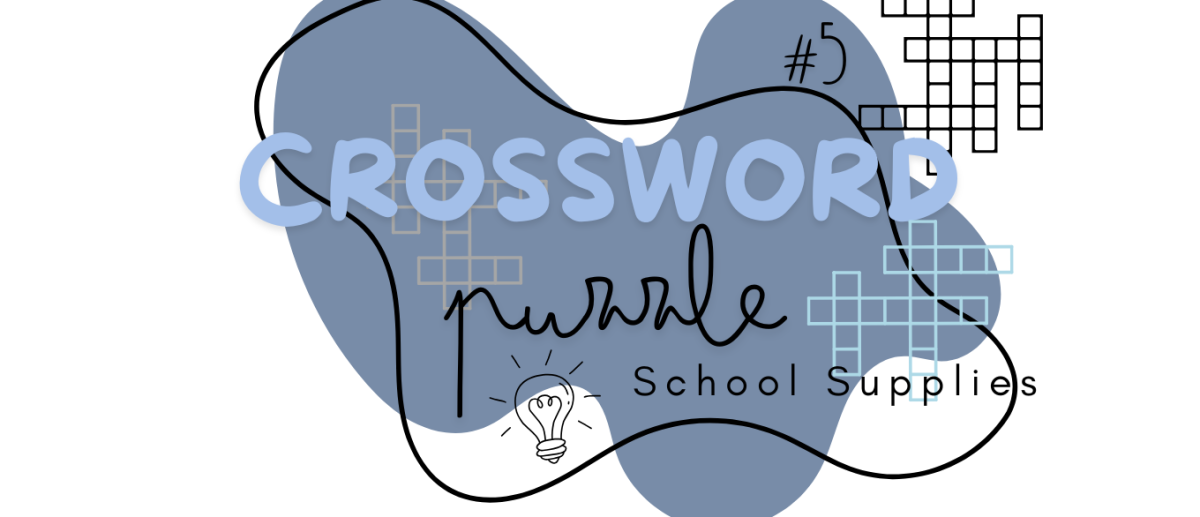
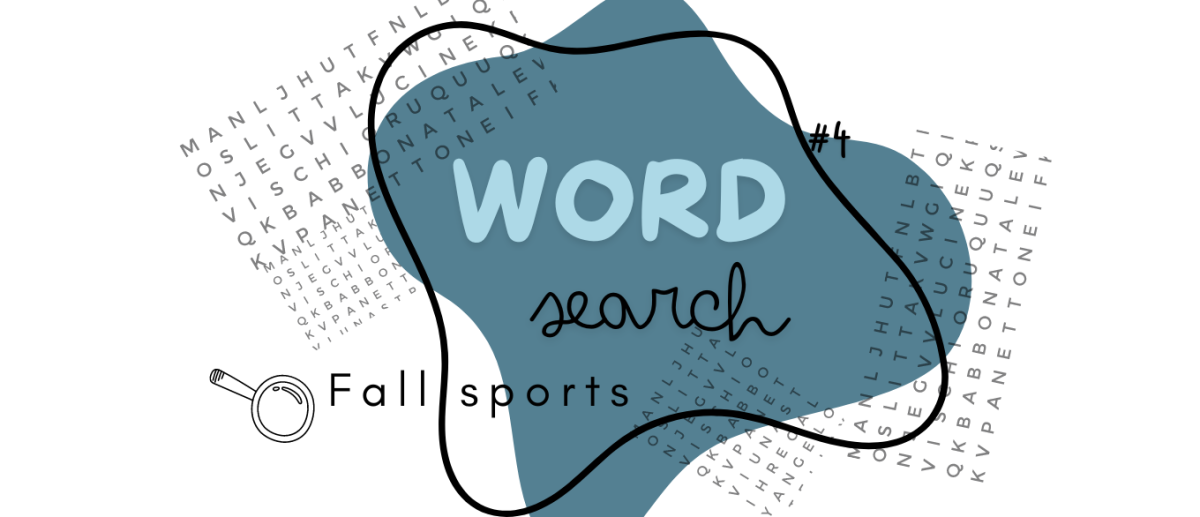
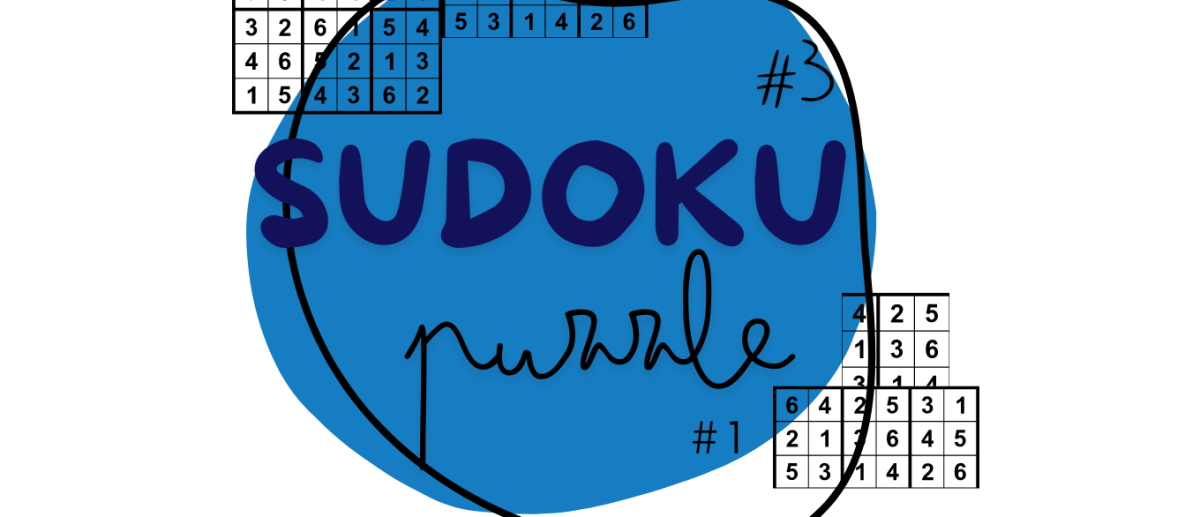
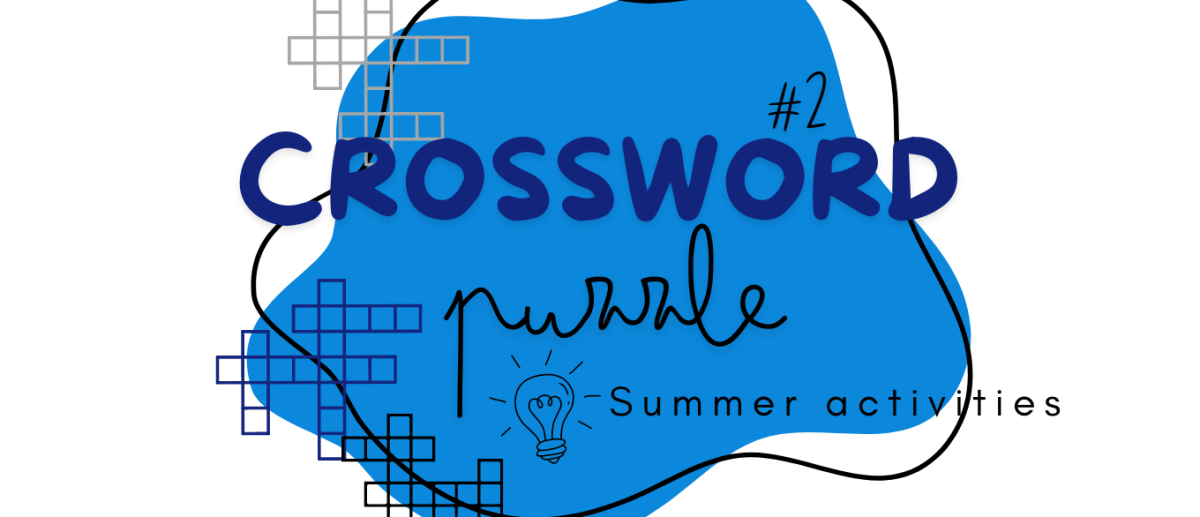
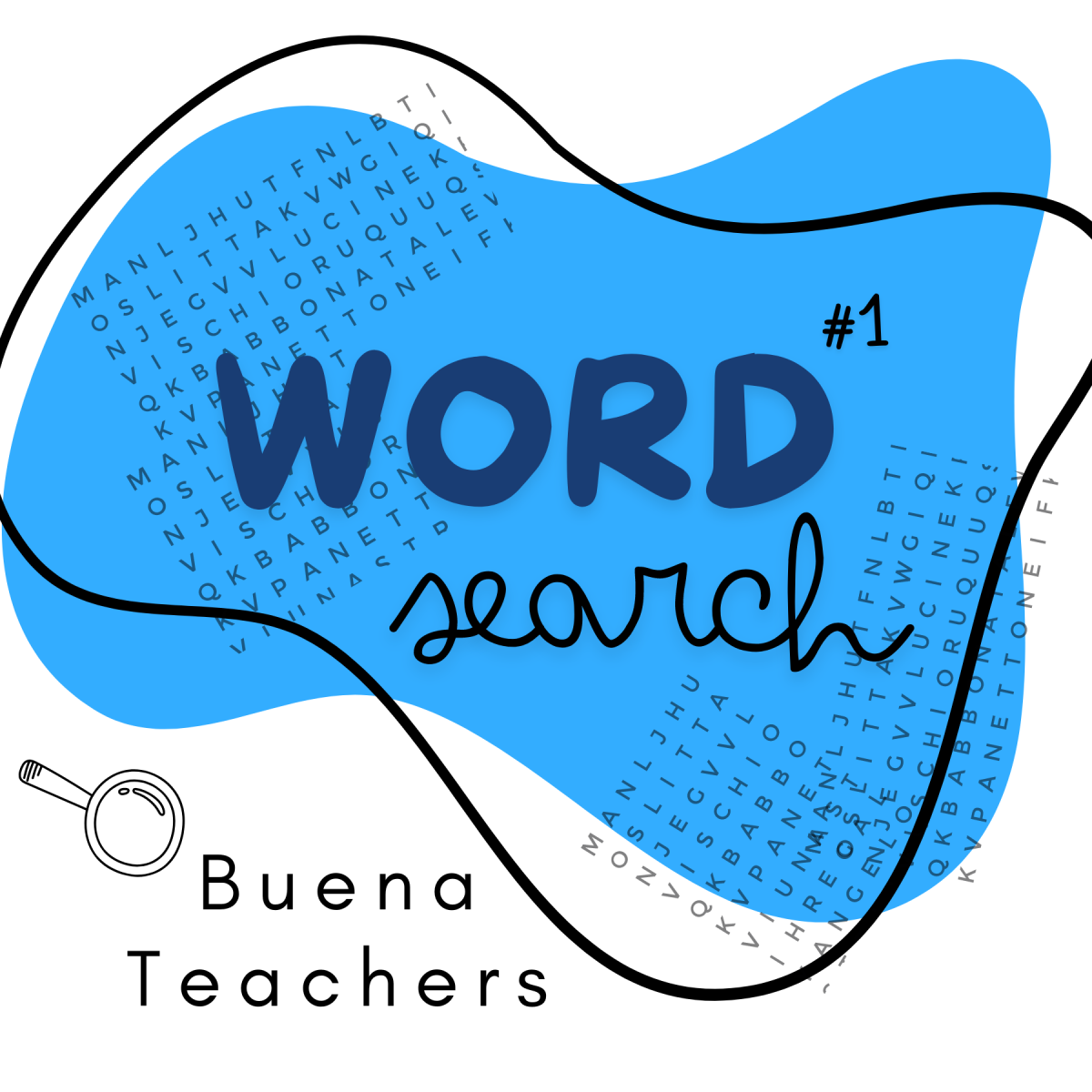

![Afternoon tutoring session, held in Library HUB, where students can go for extra help and support. "I see kids needing additional support . . . and I always [keep in mind] how to provide resources [that gives] kids the help they need," AVID teacher Heather Amarrabide said.](https://buenaspeaks.org/wp-content/uploads/2023/11/unnamed-6-1200x1068.jpg)
